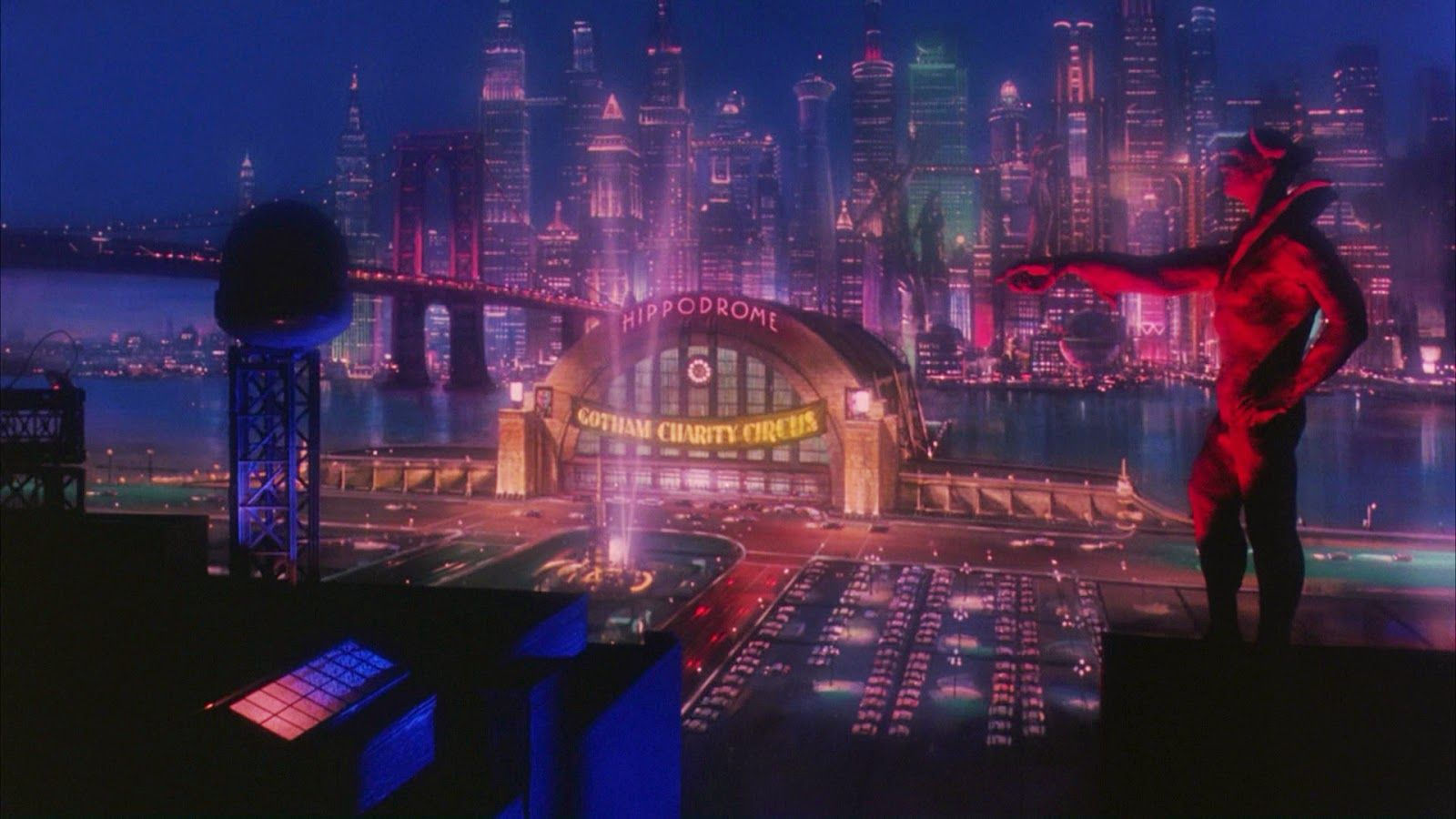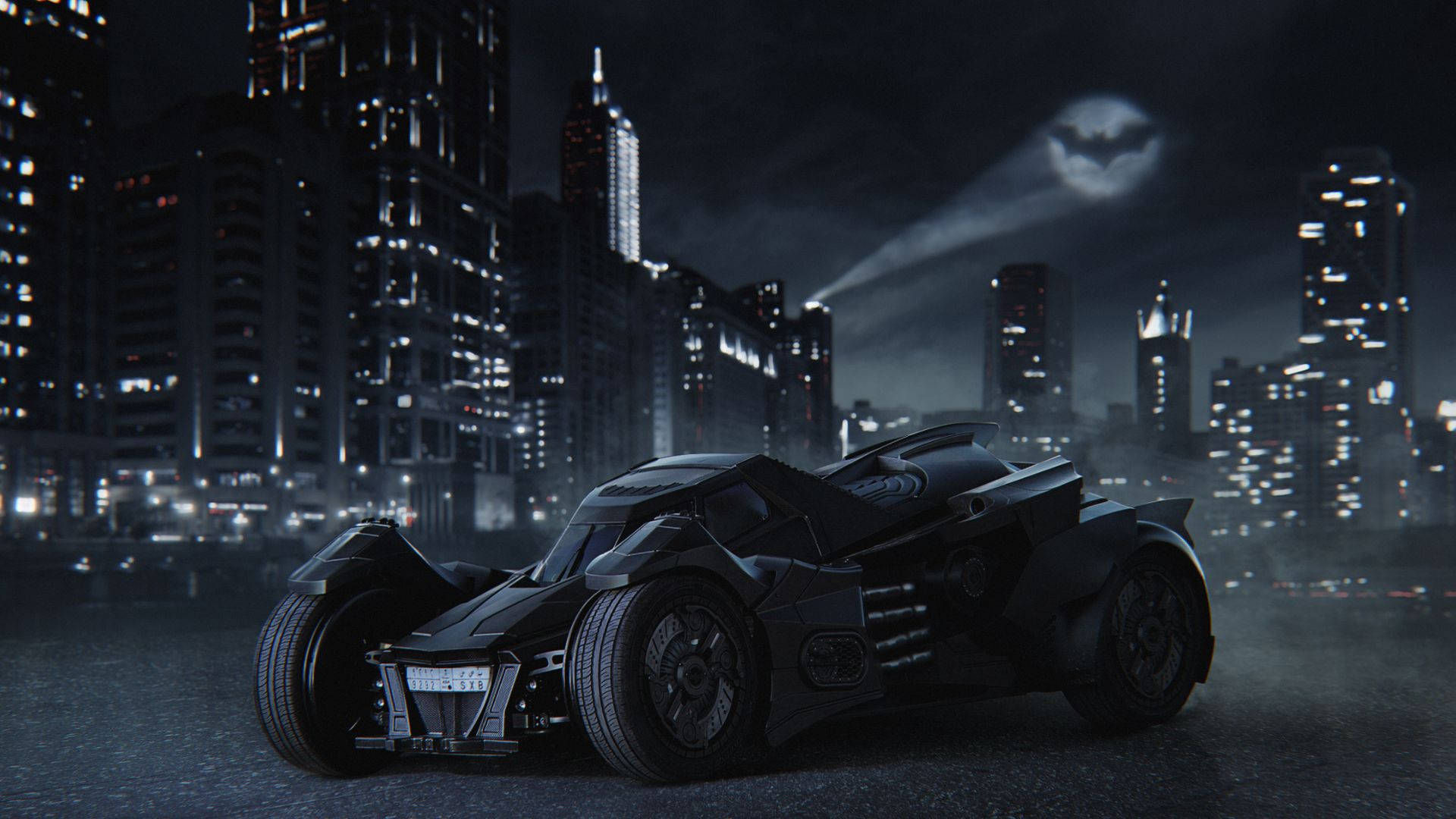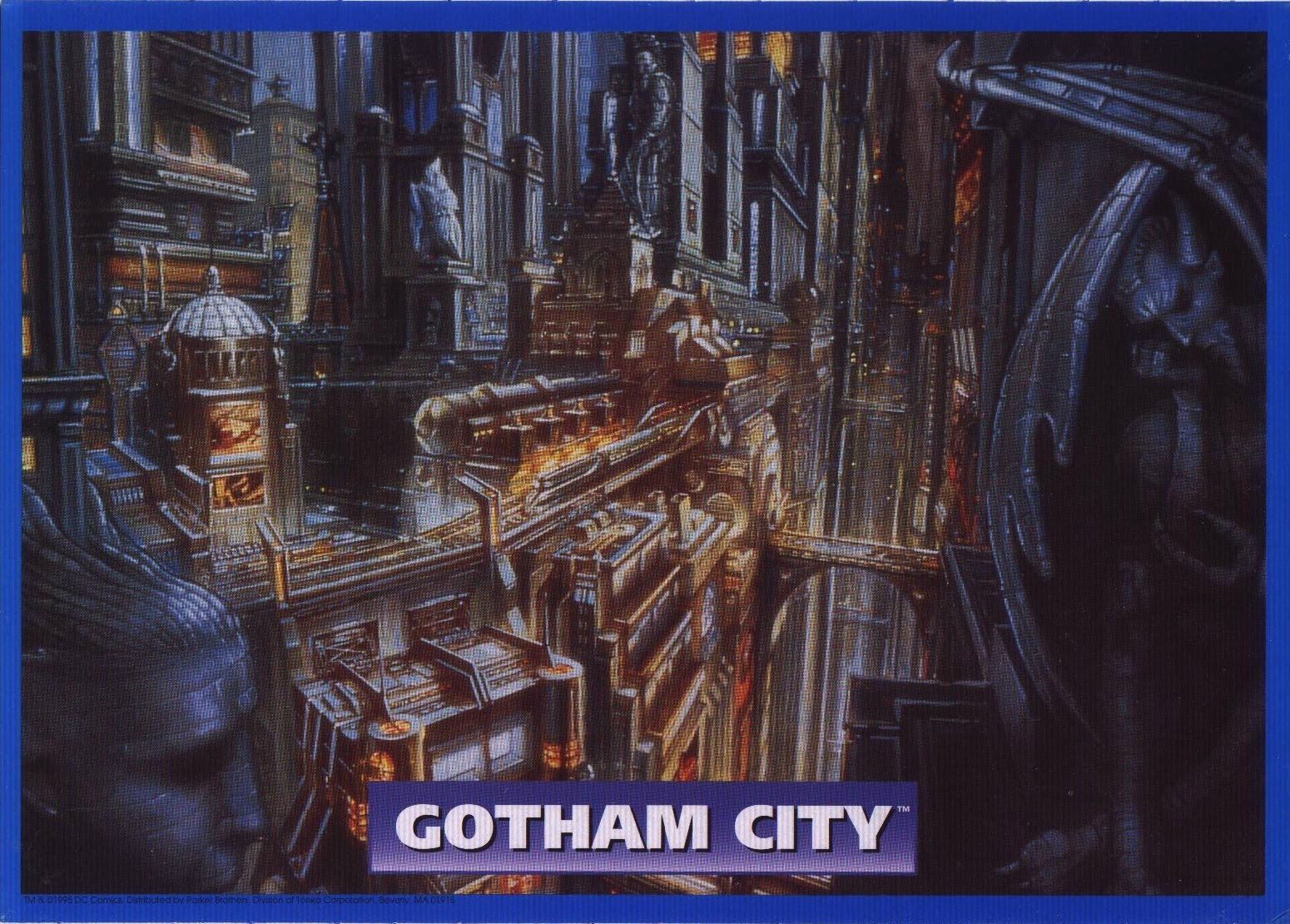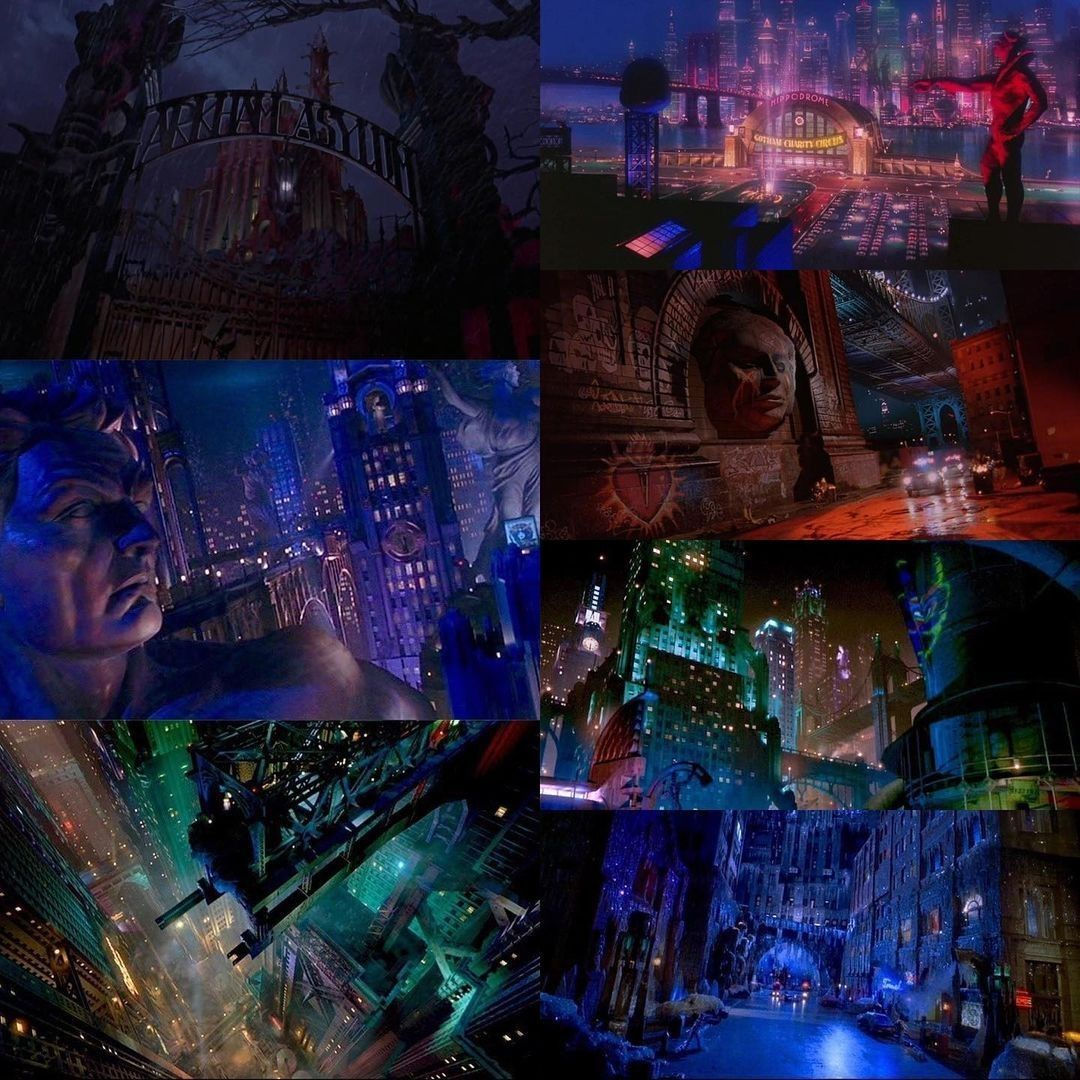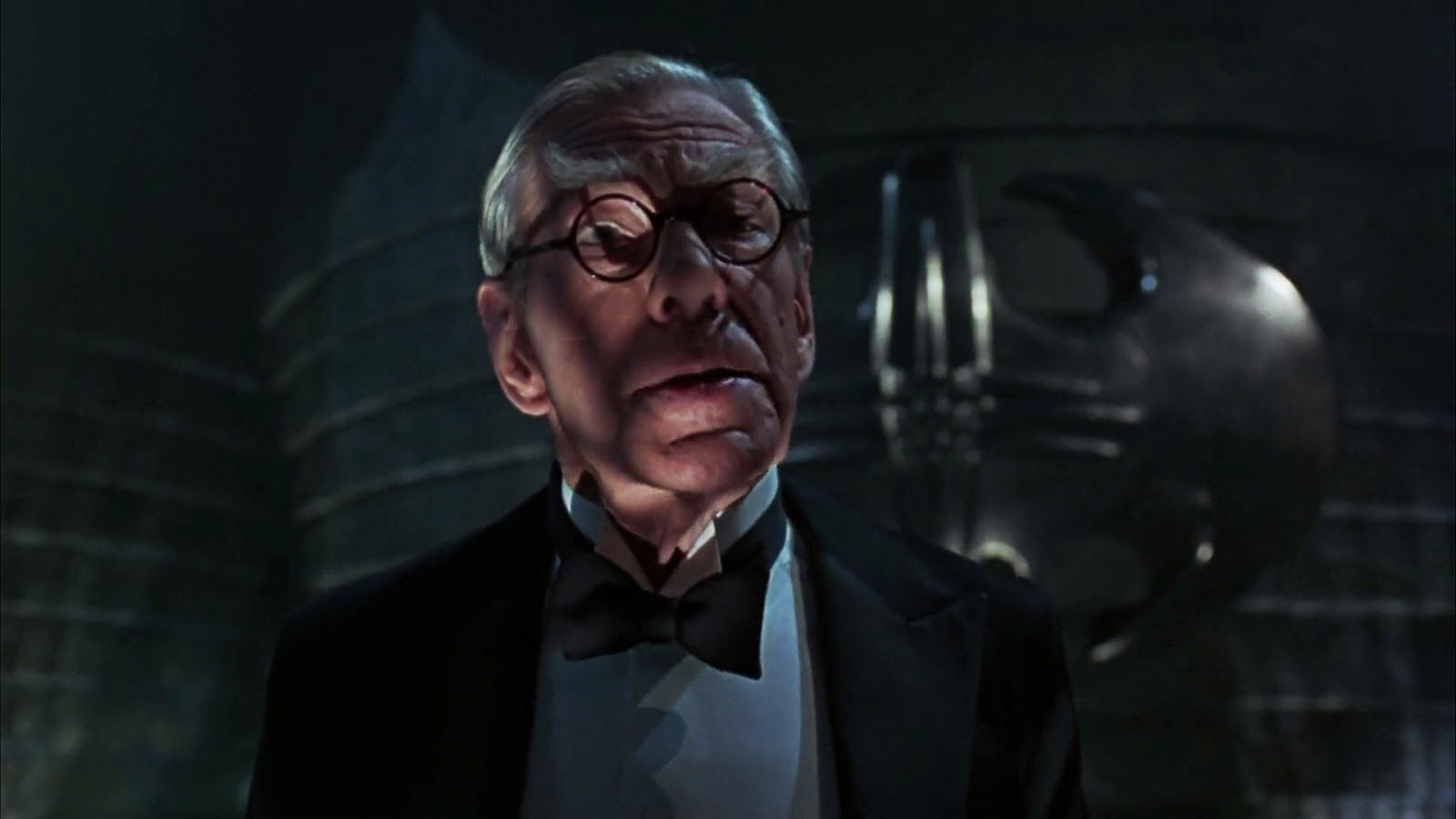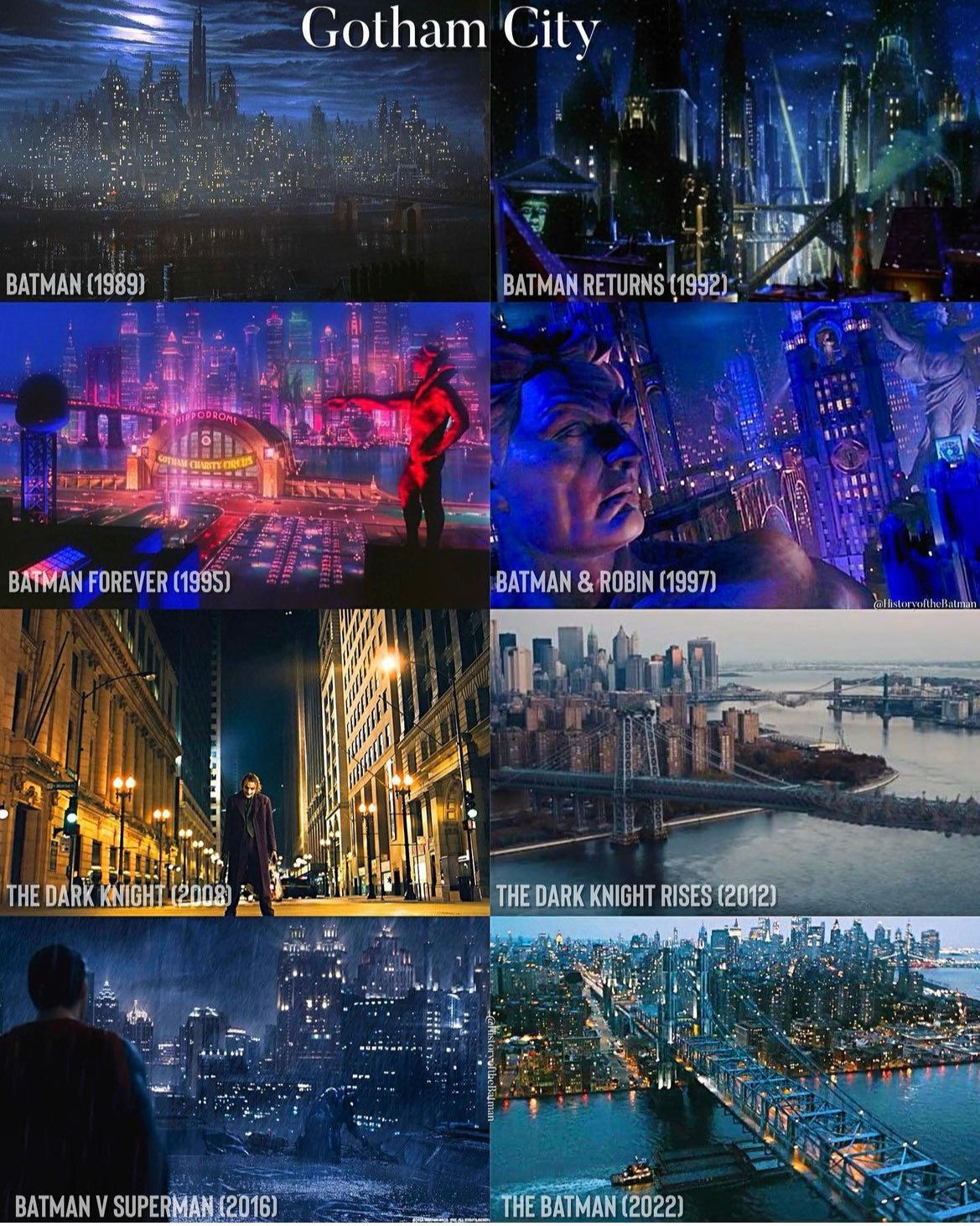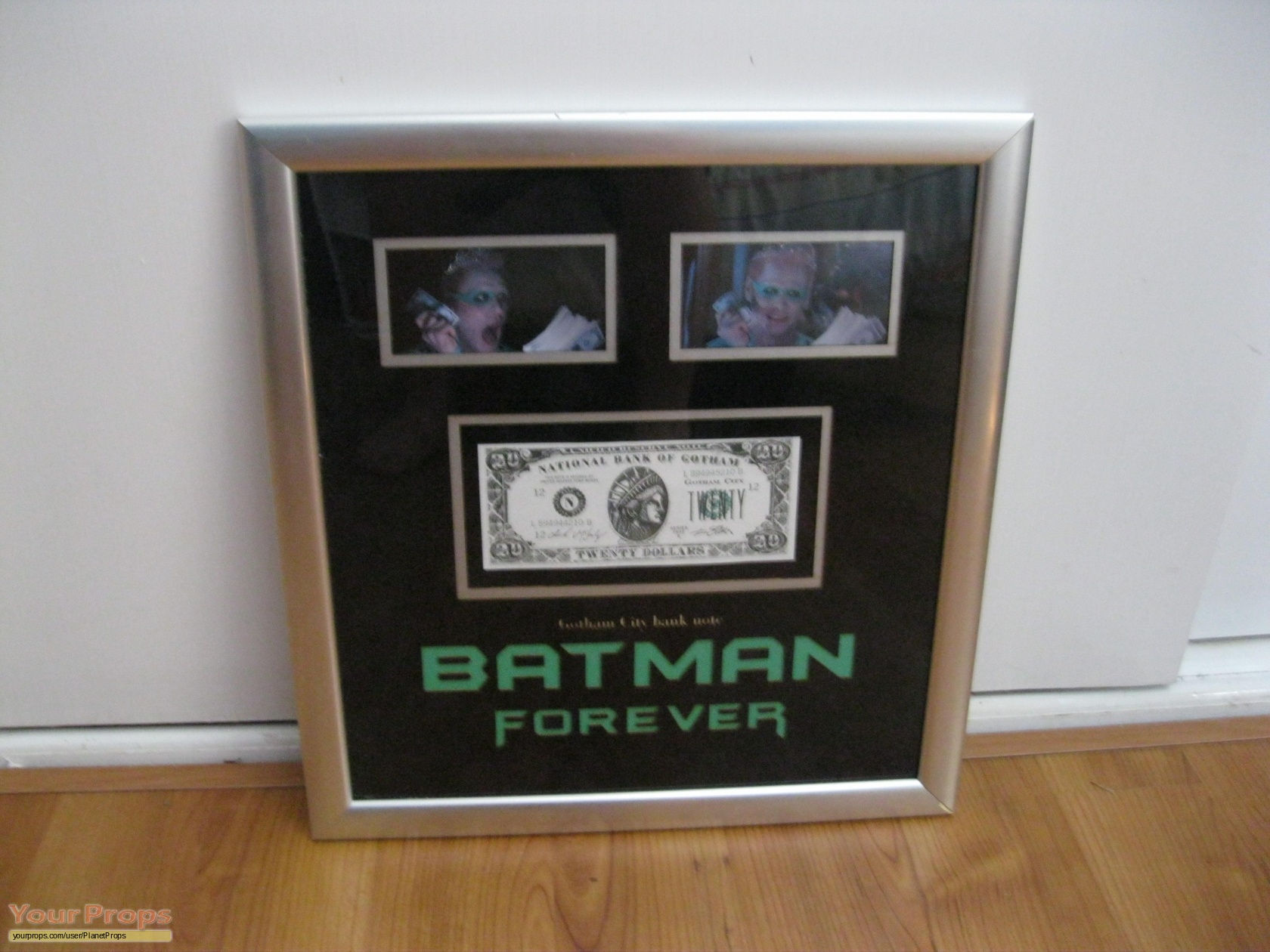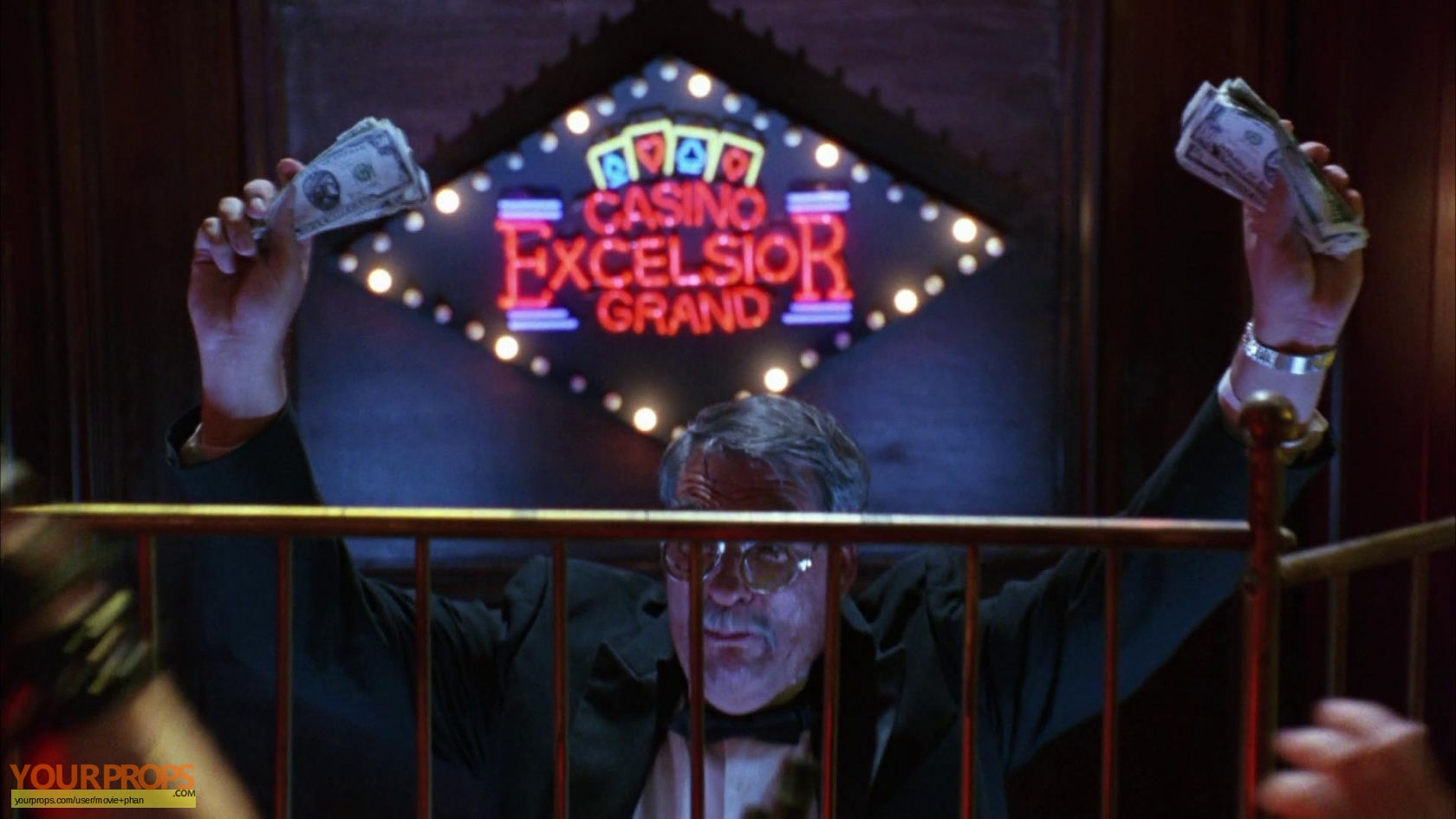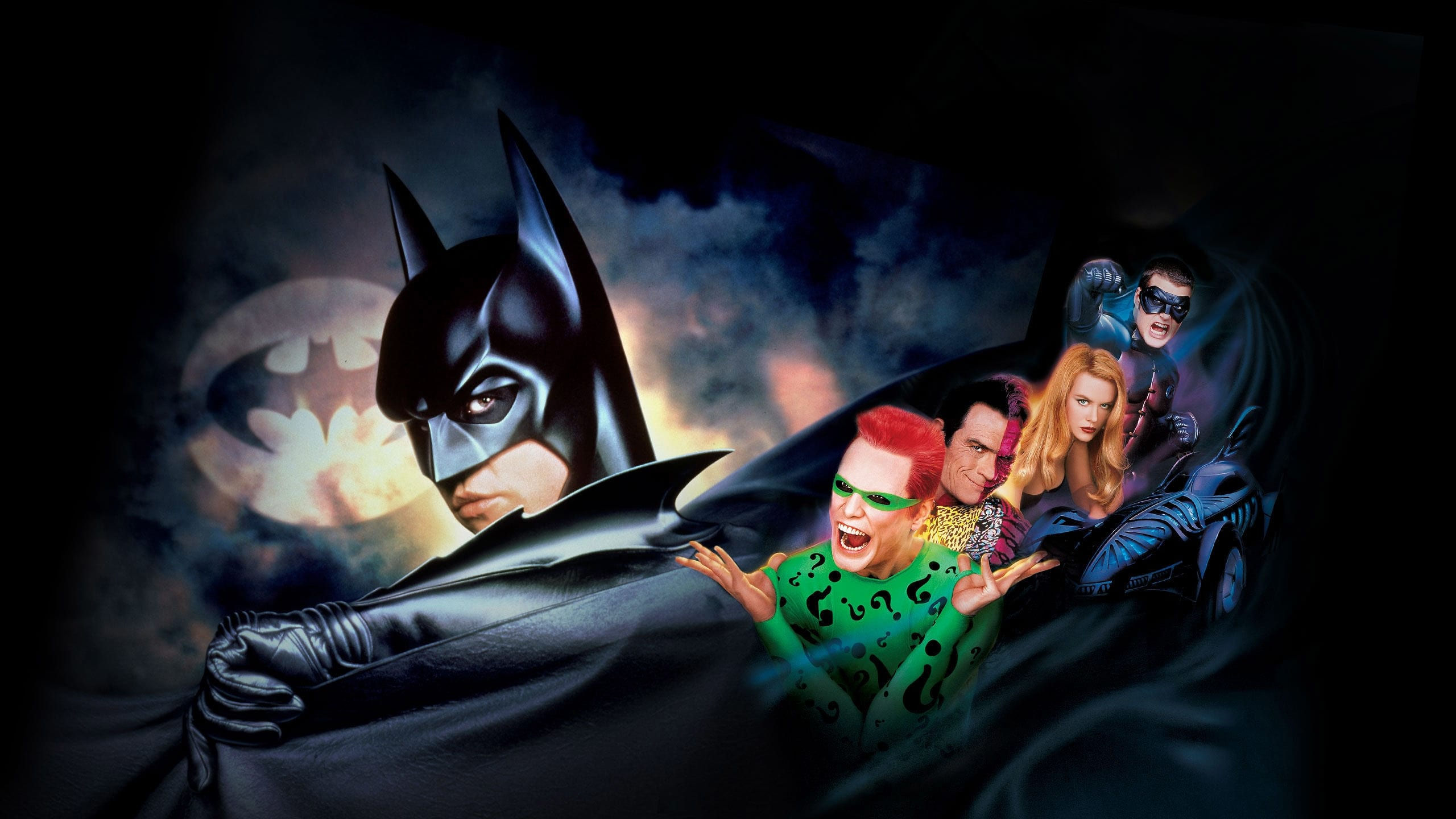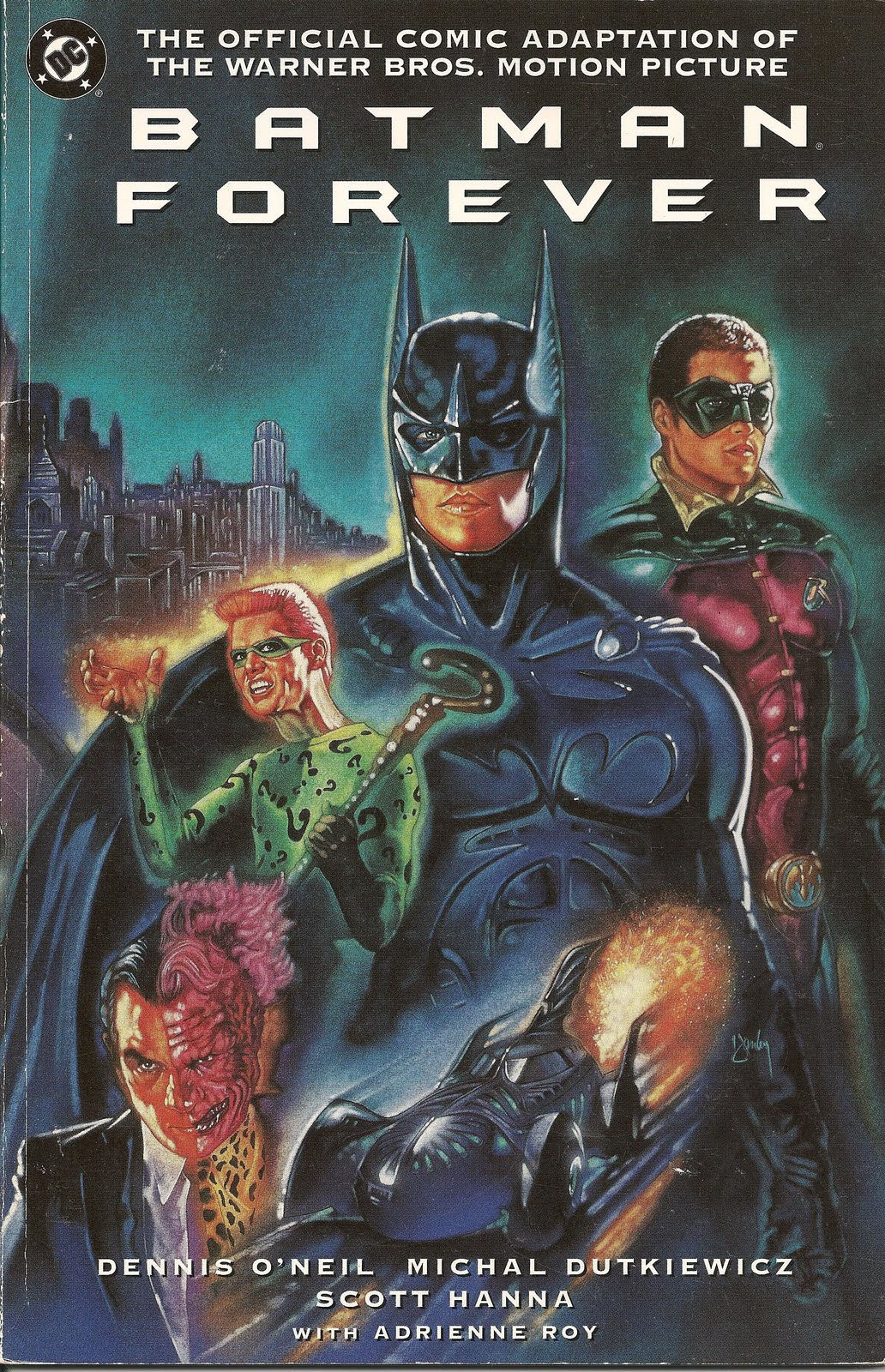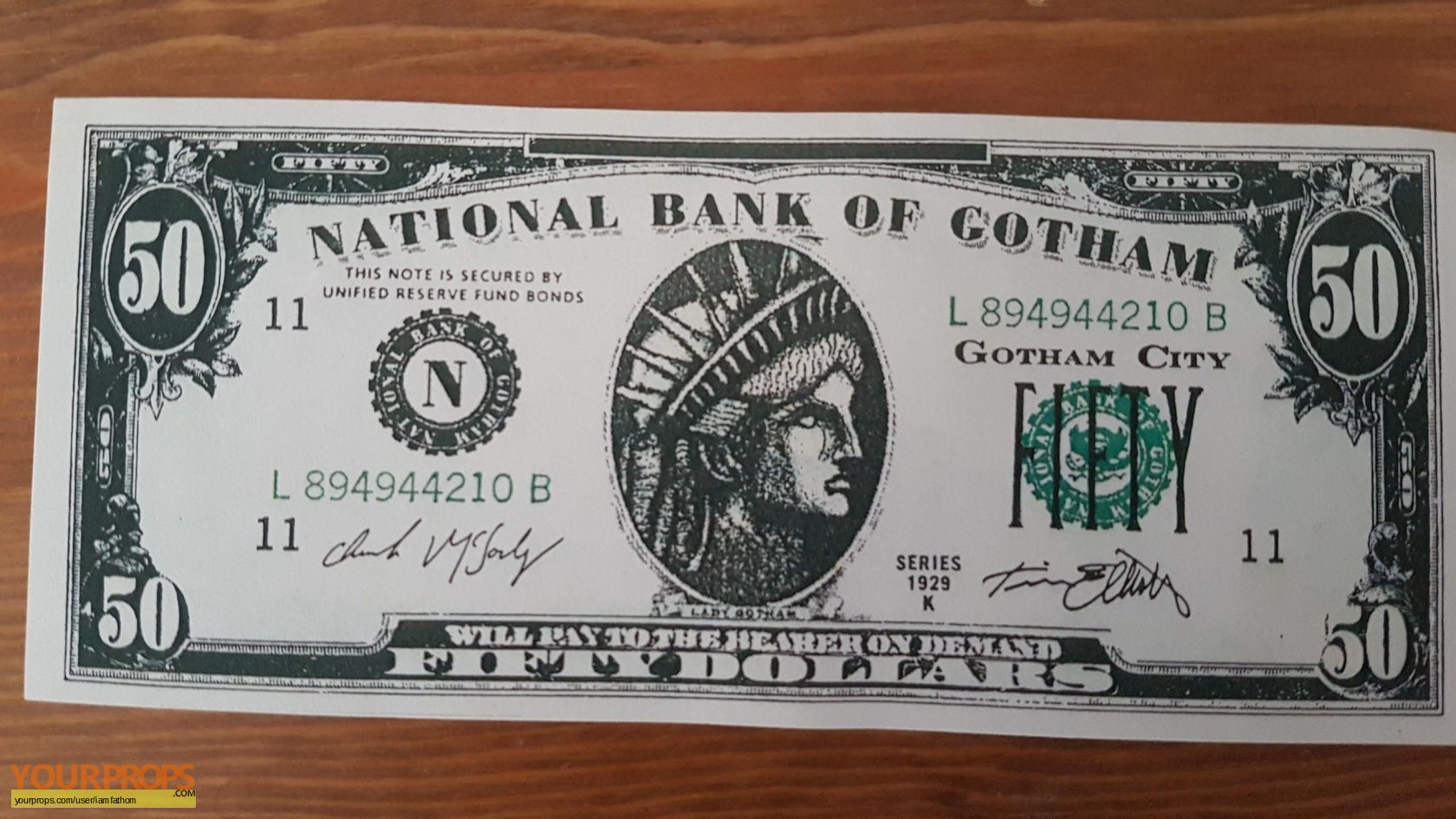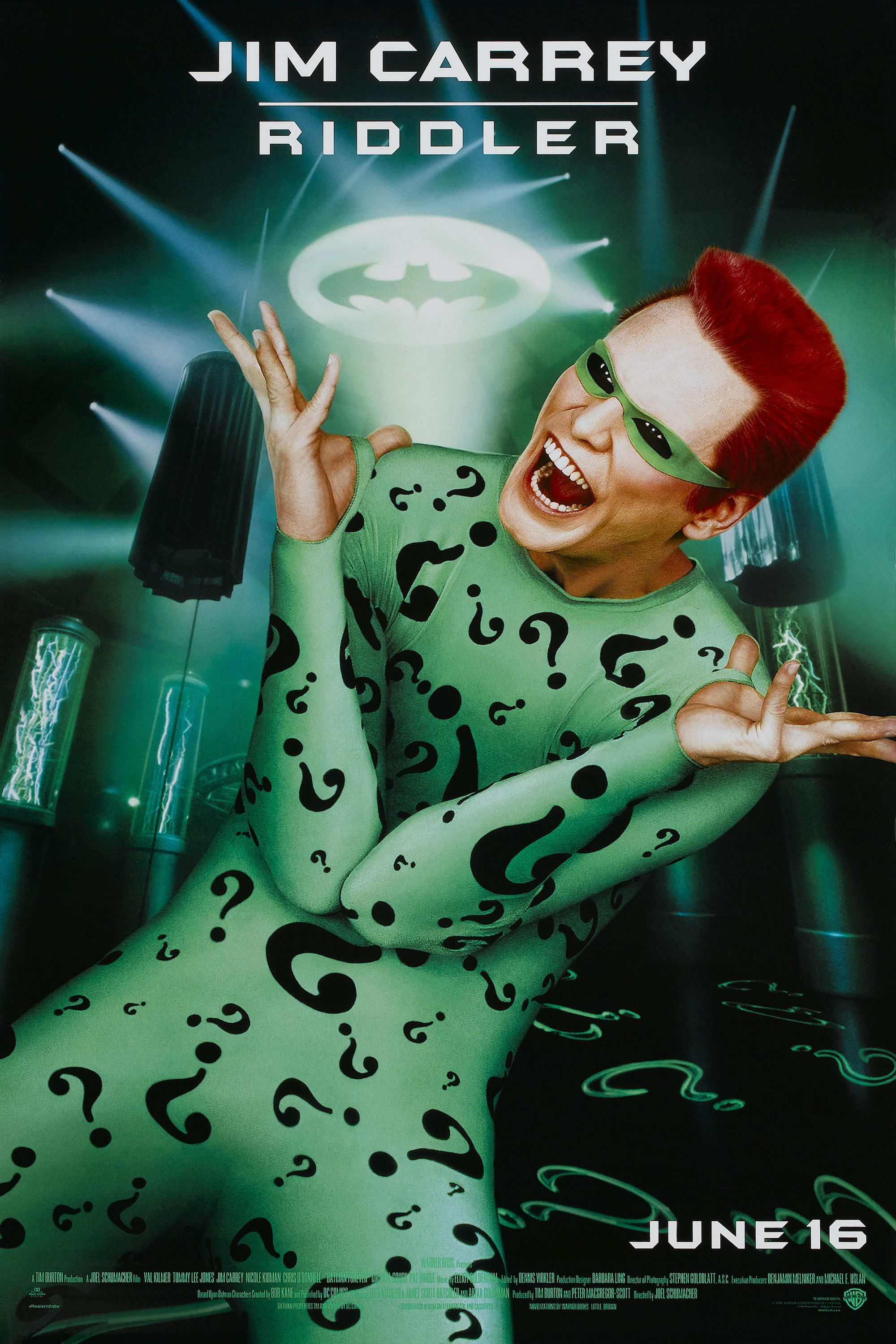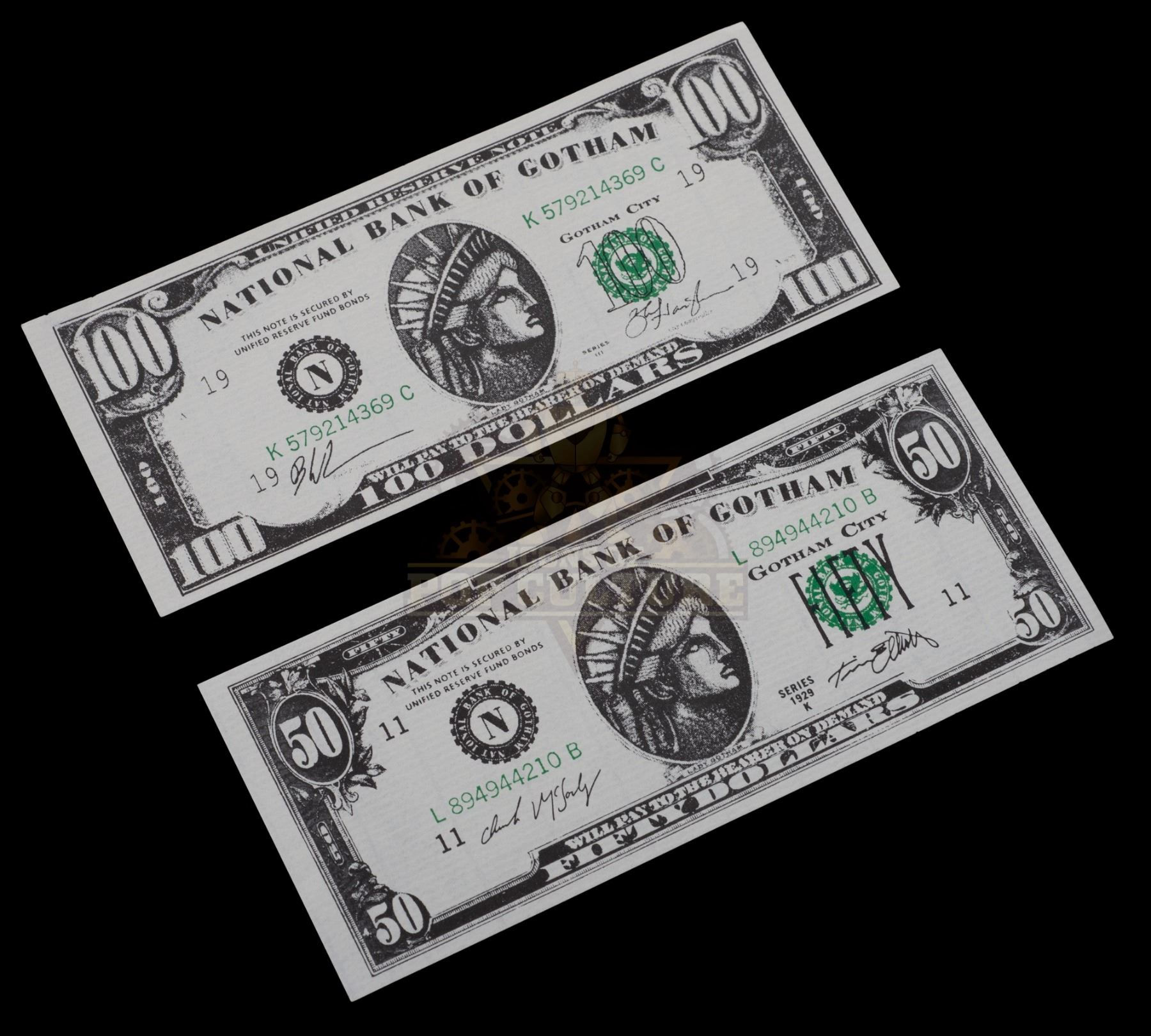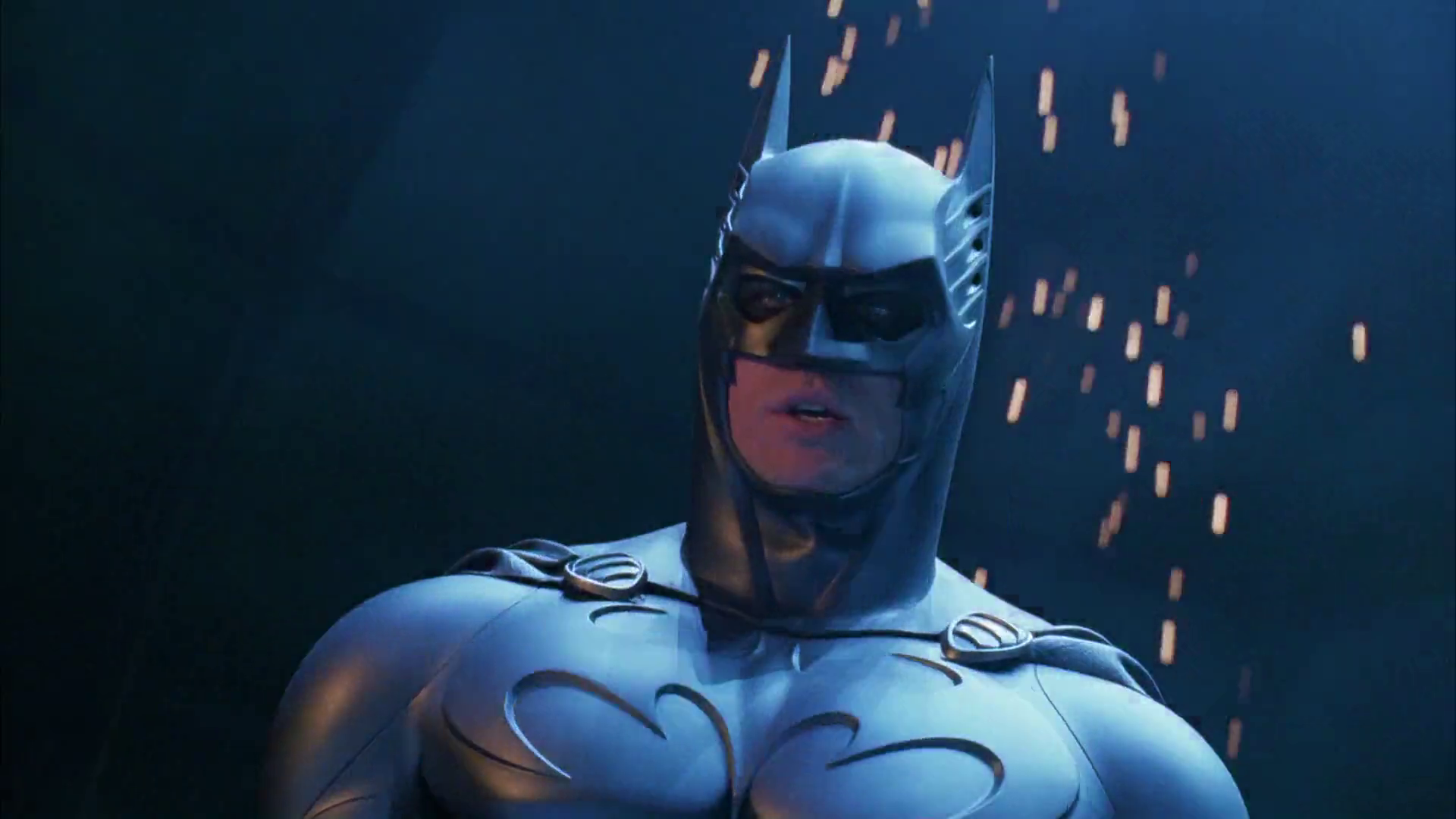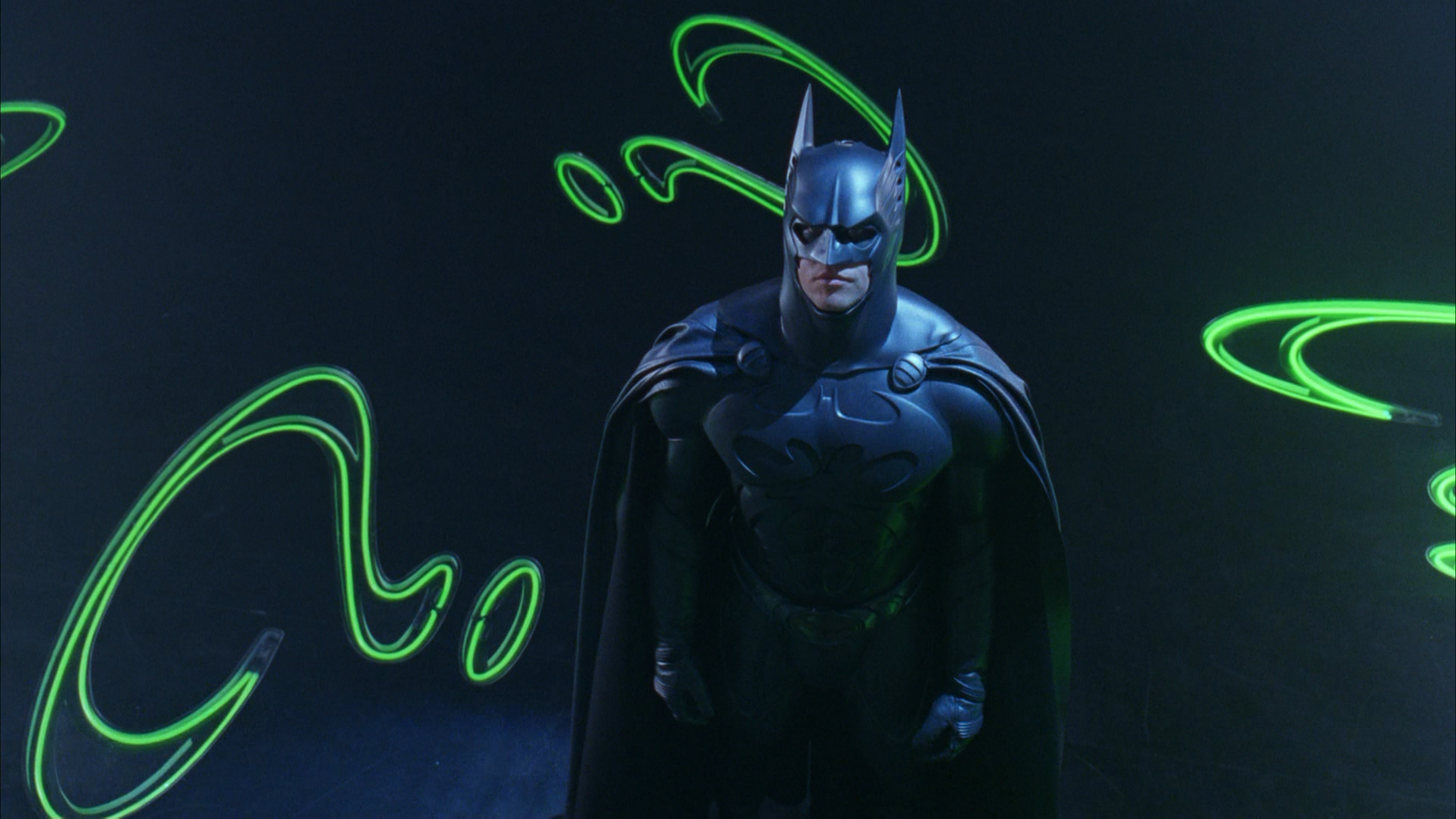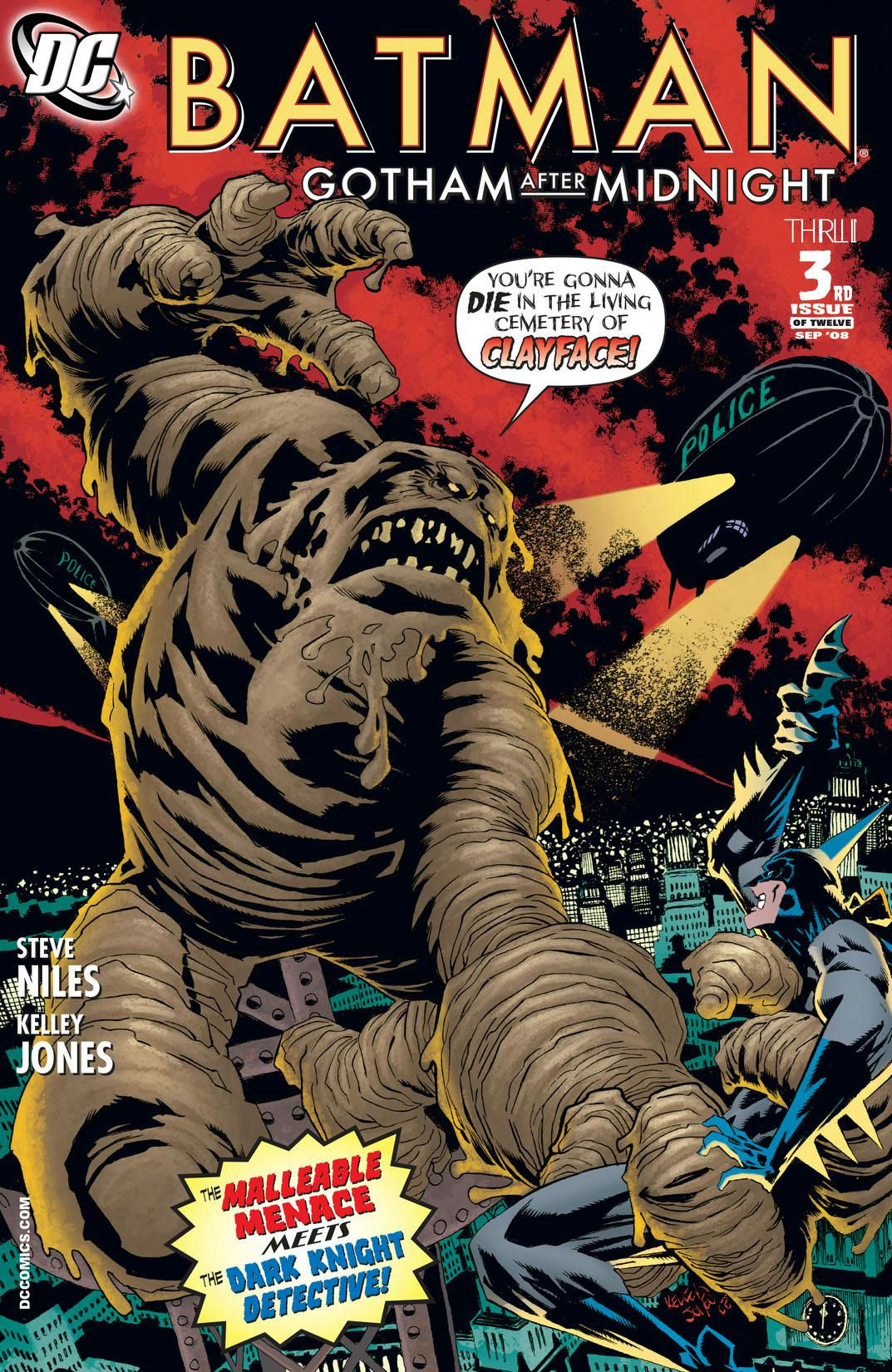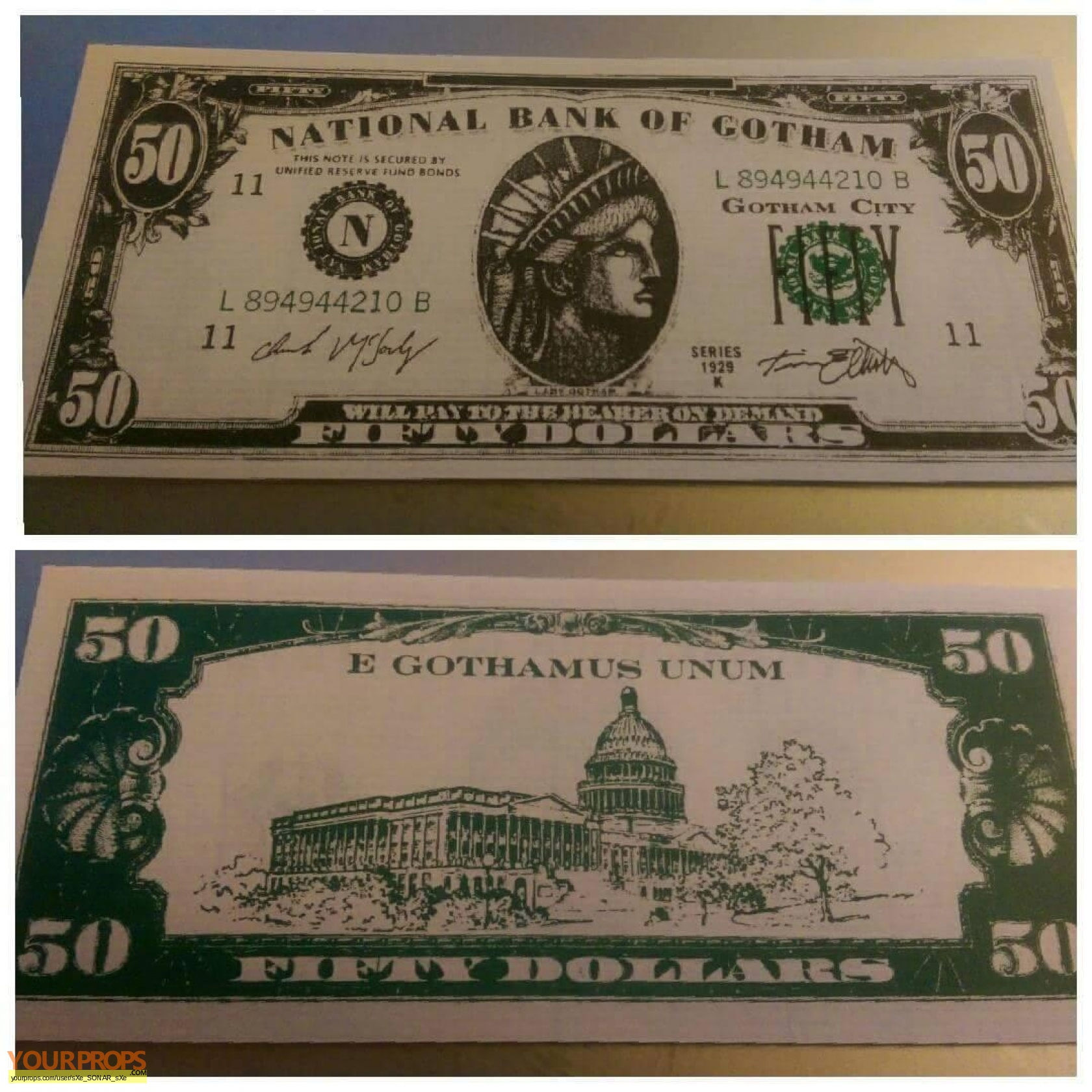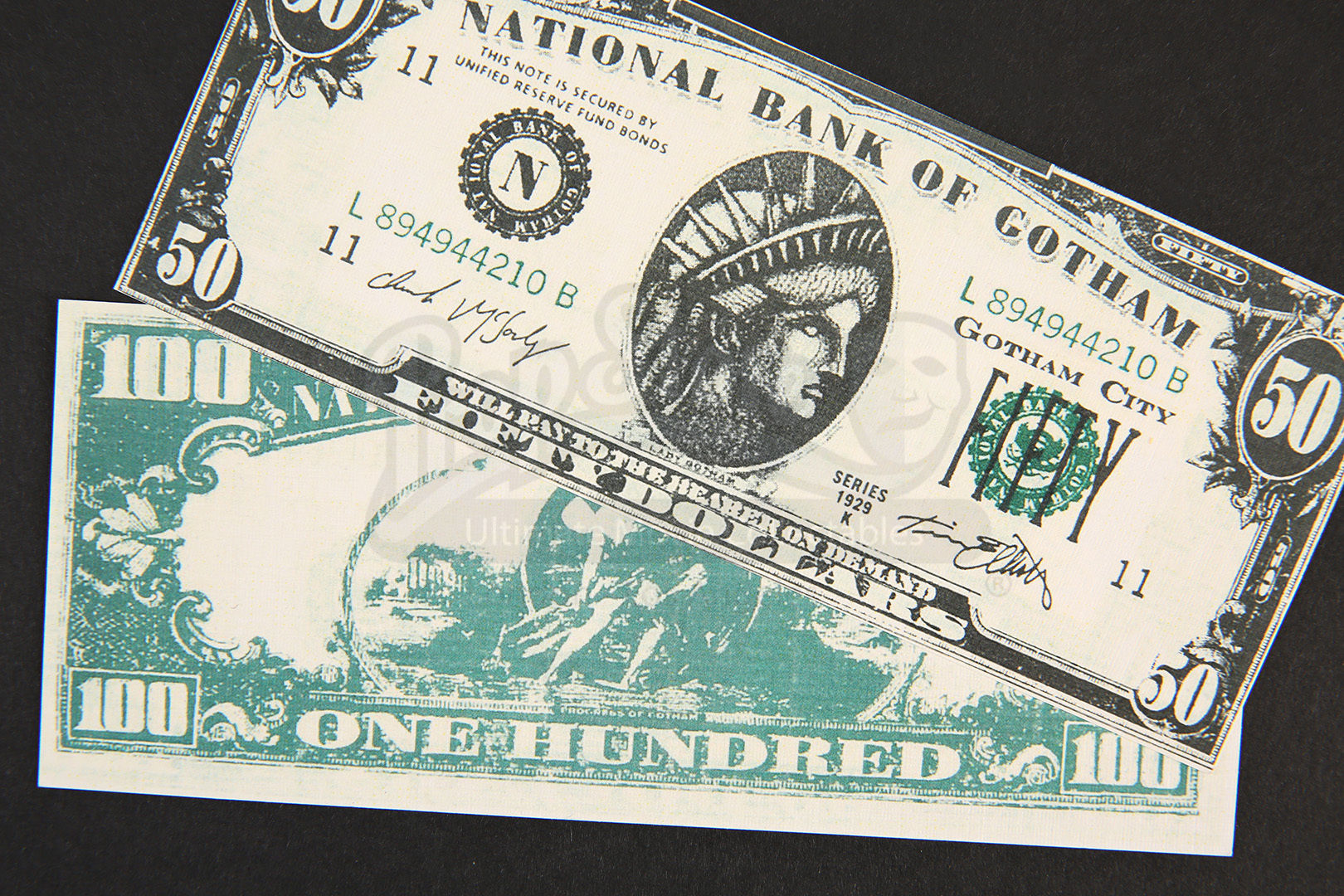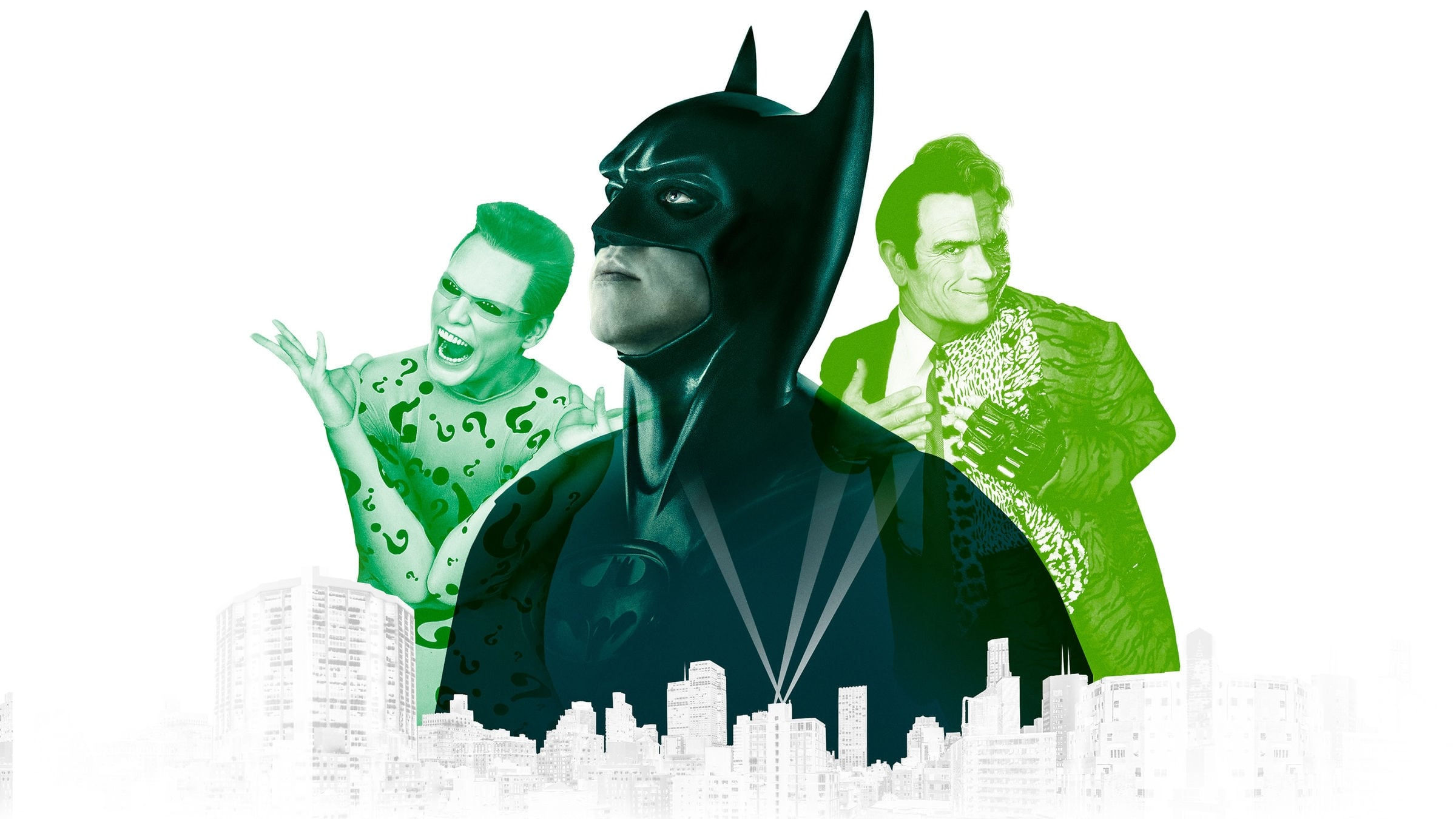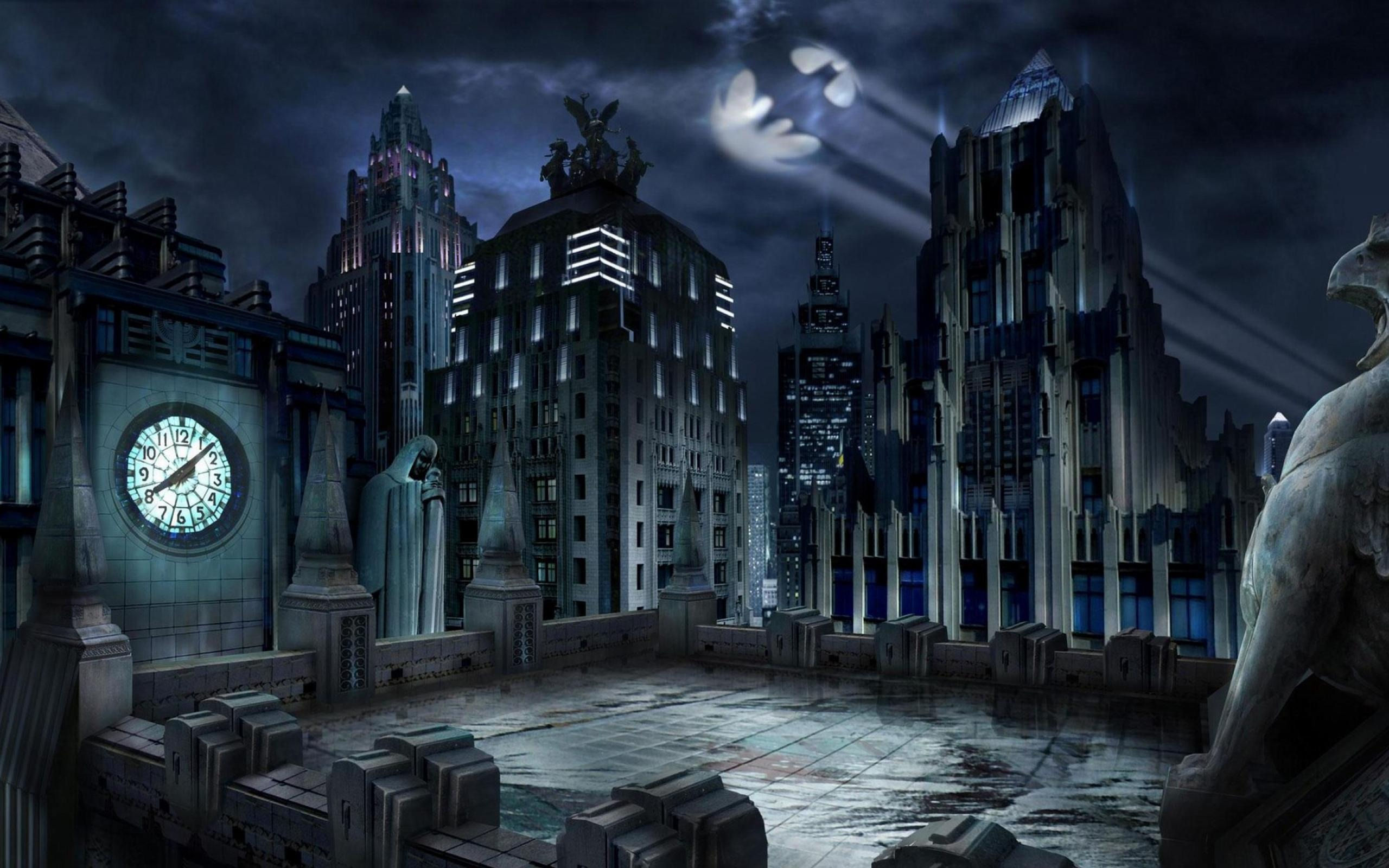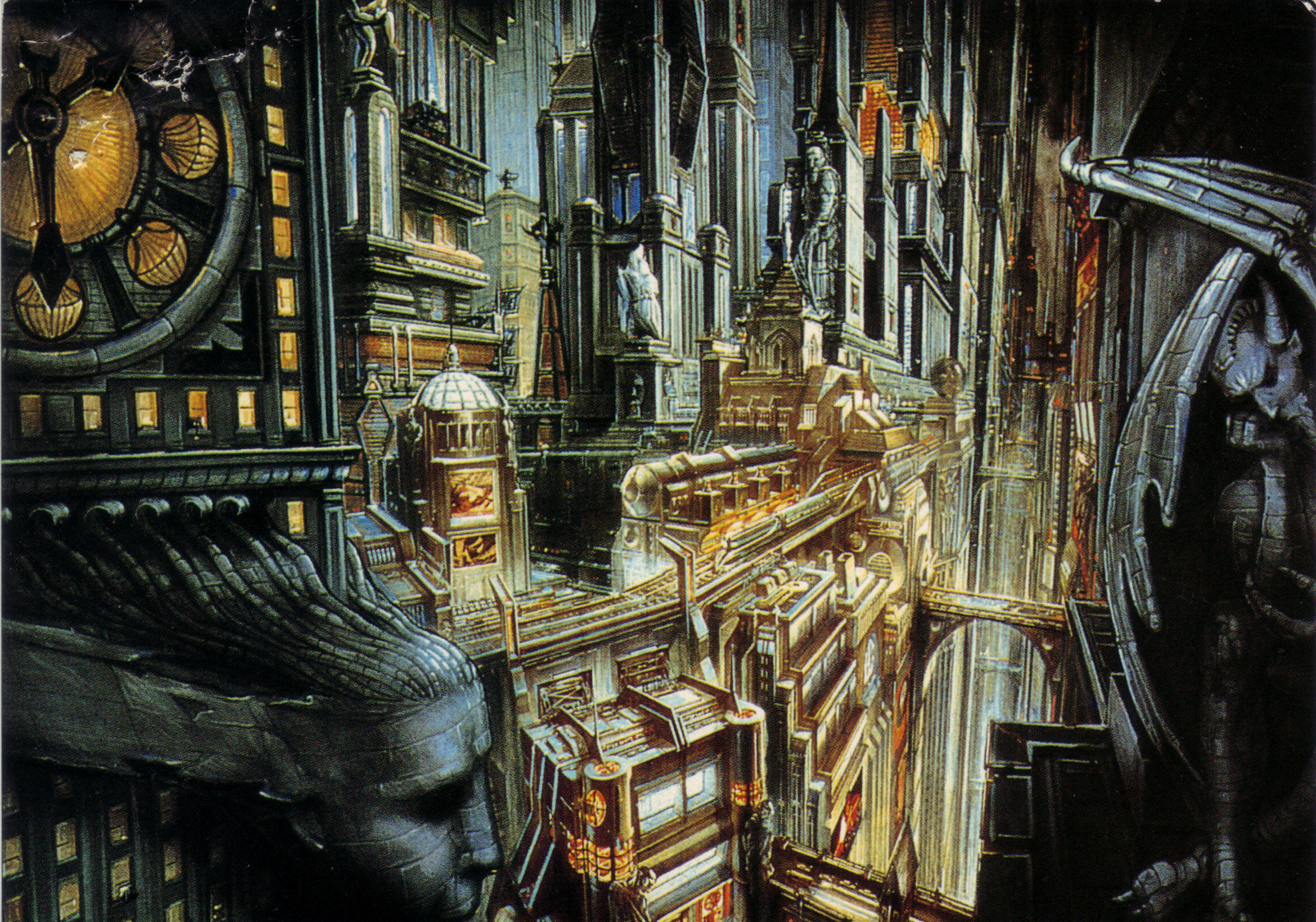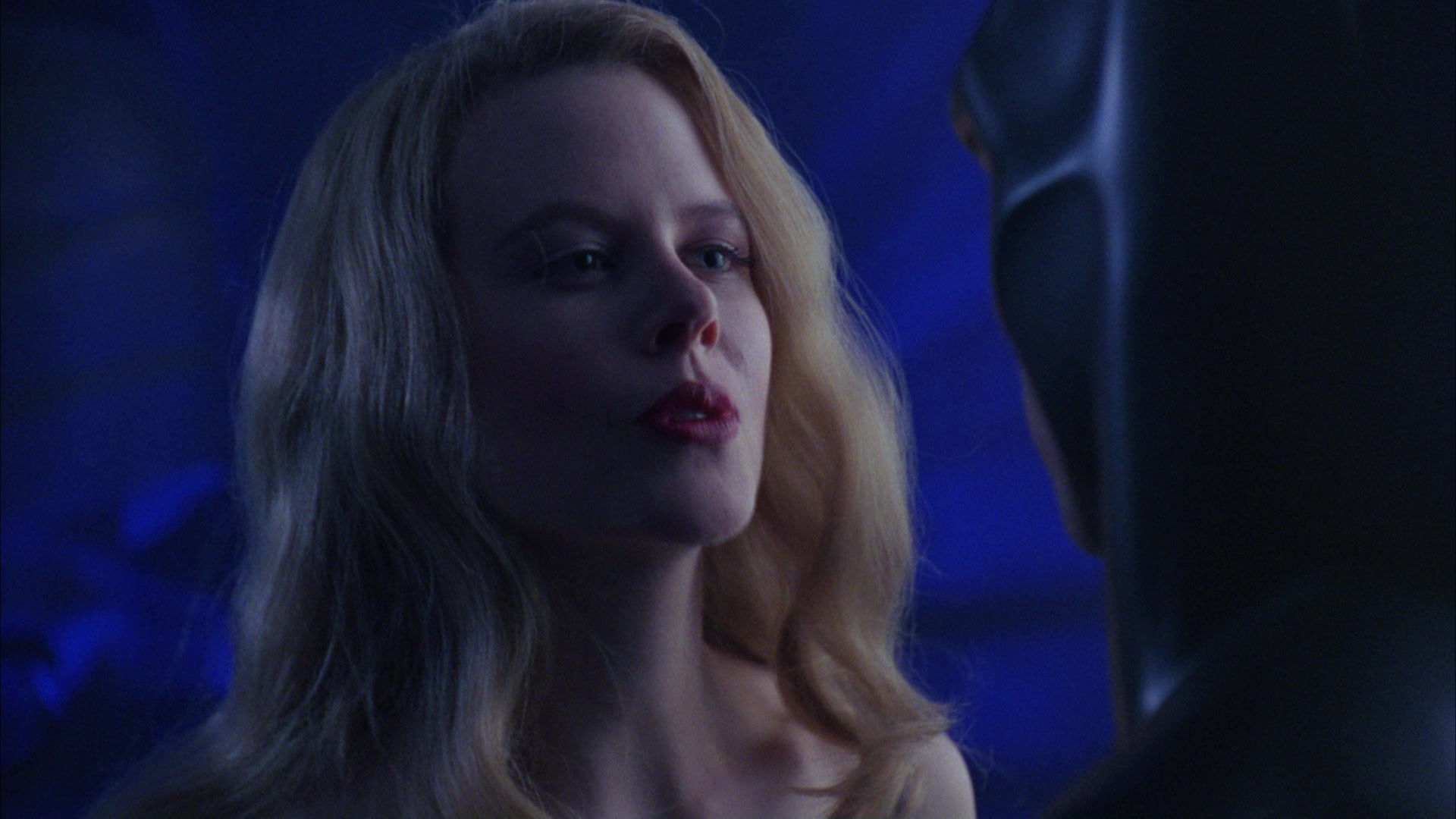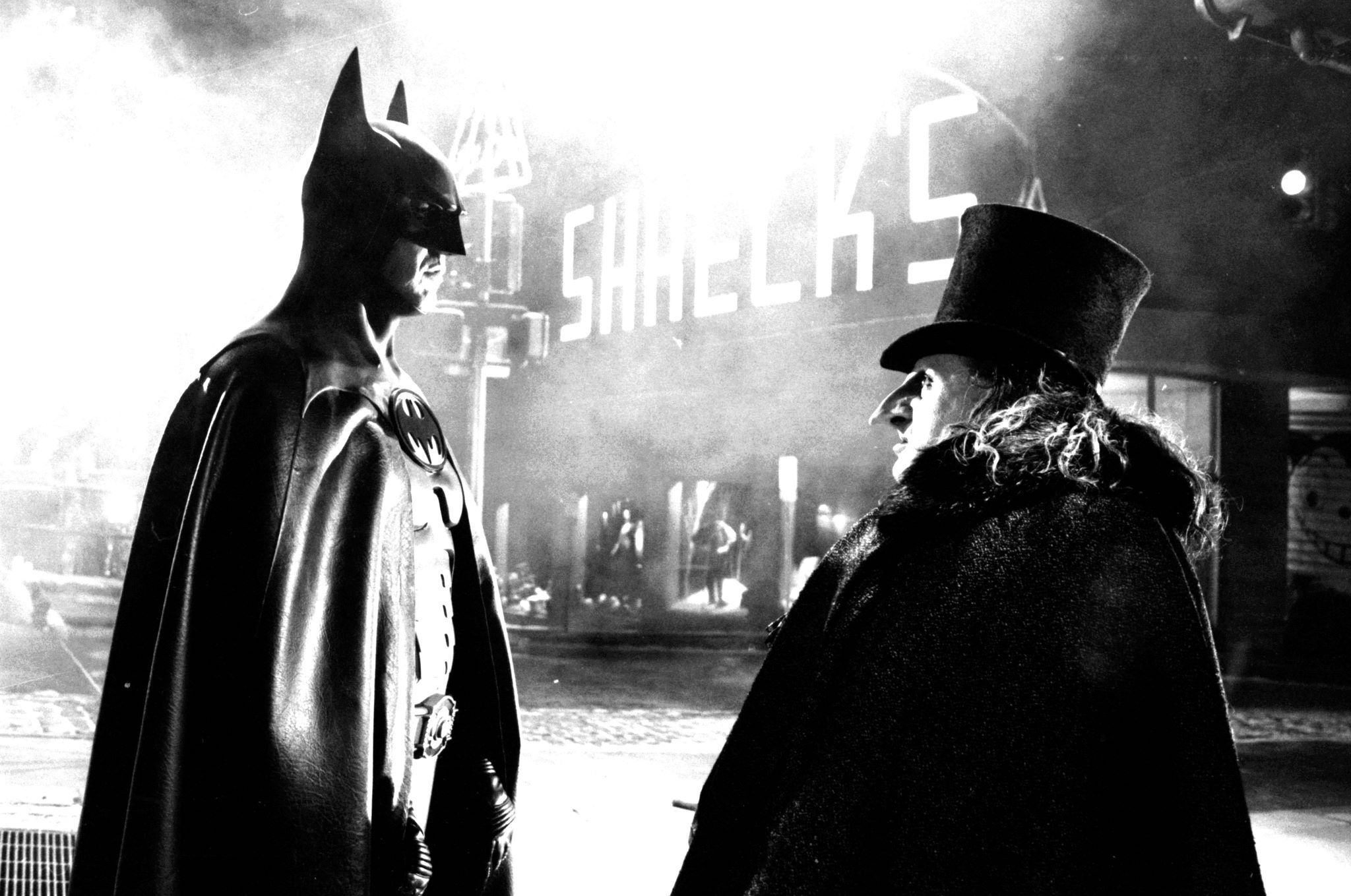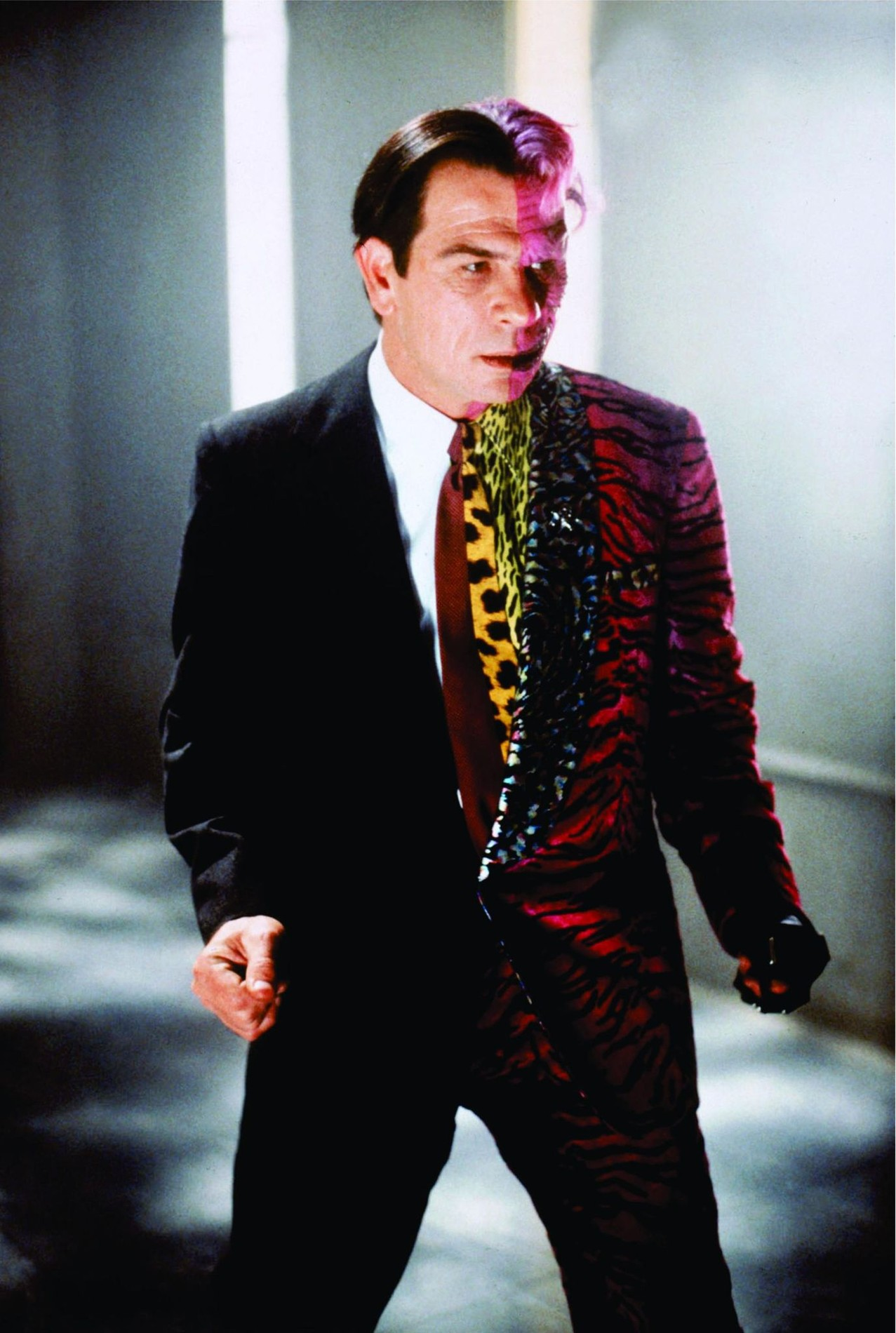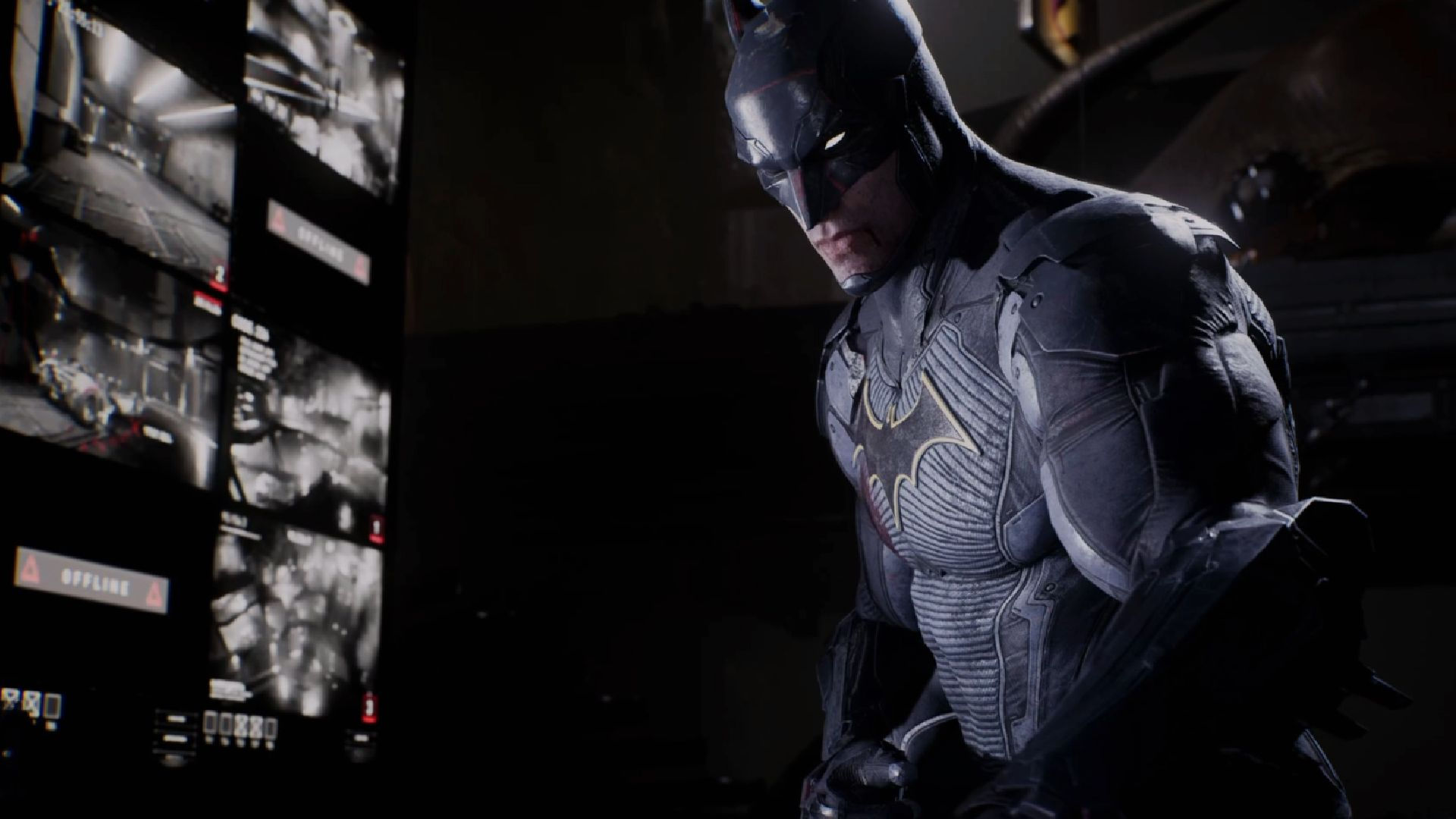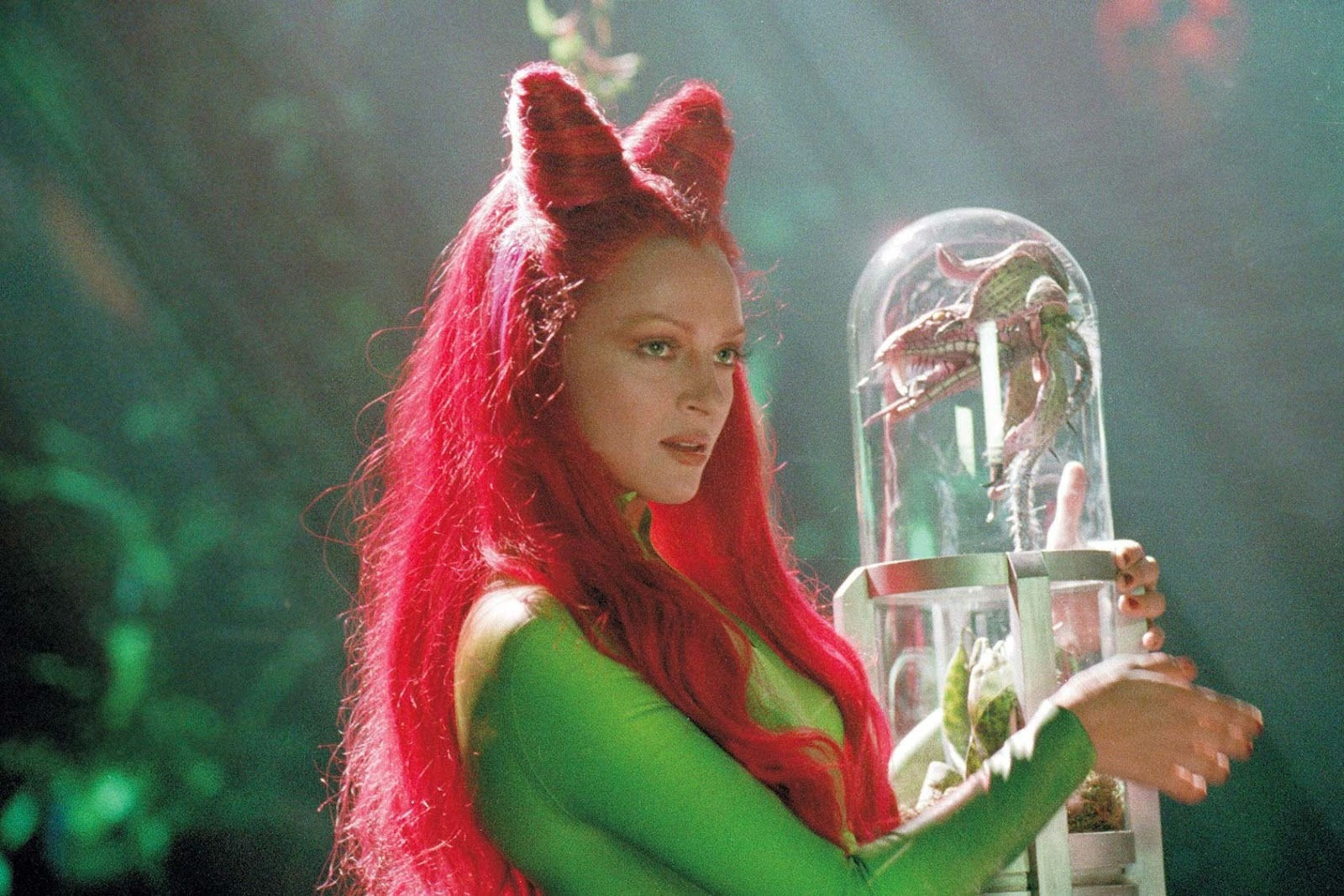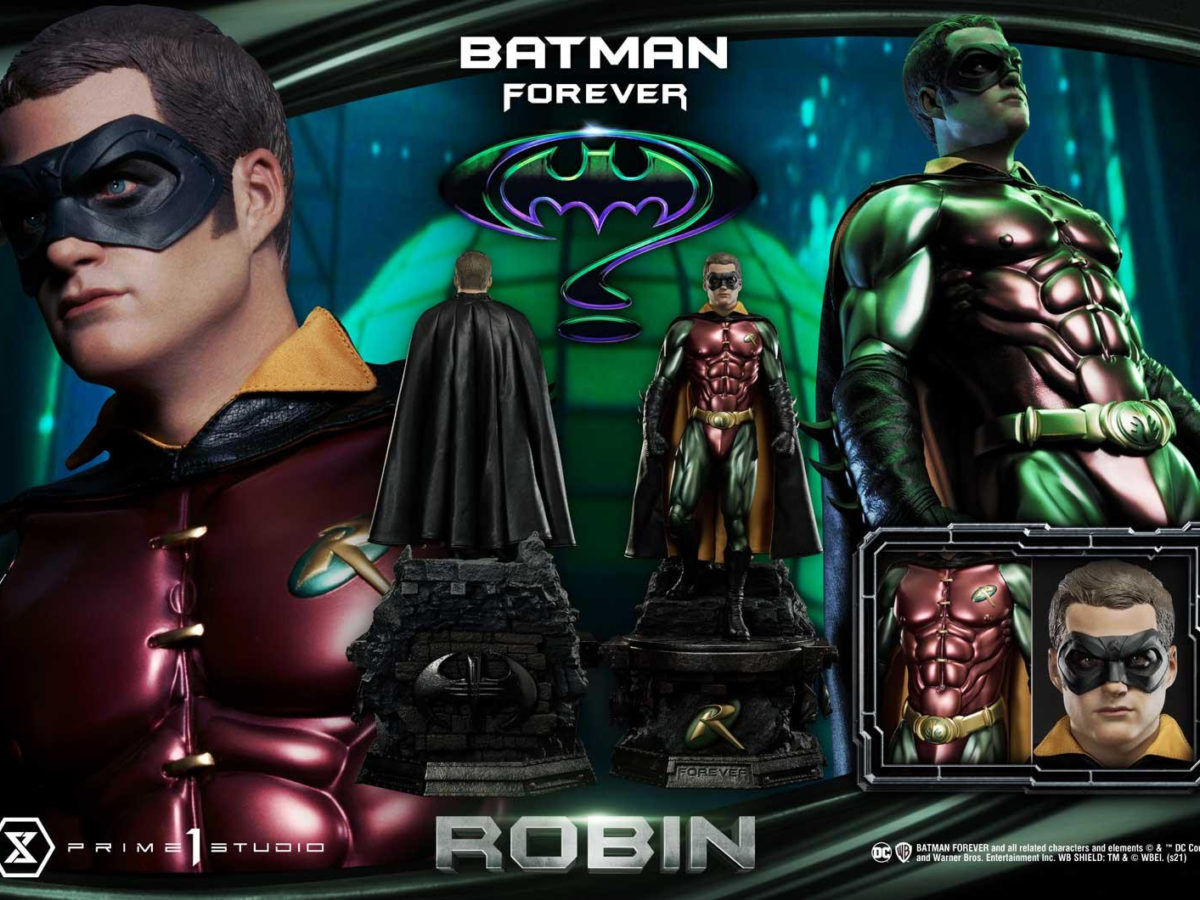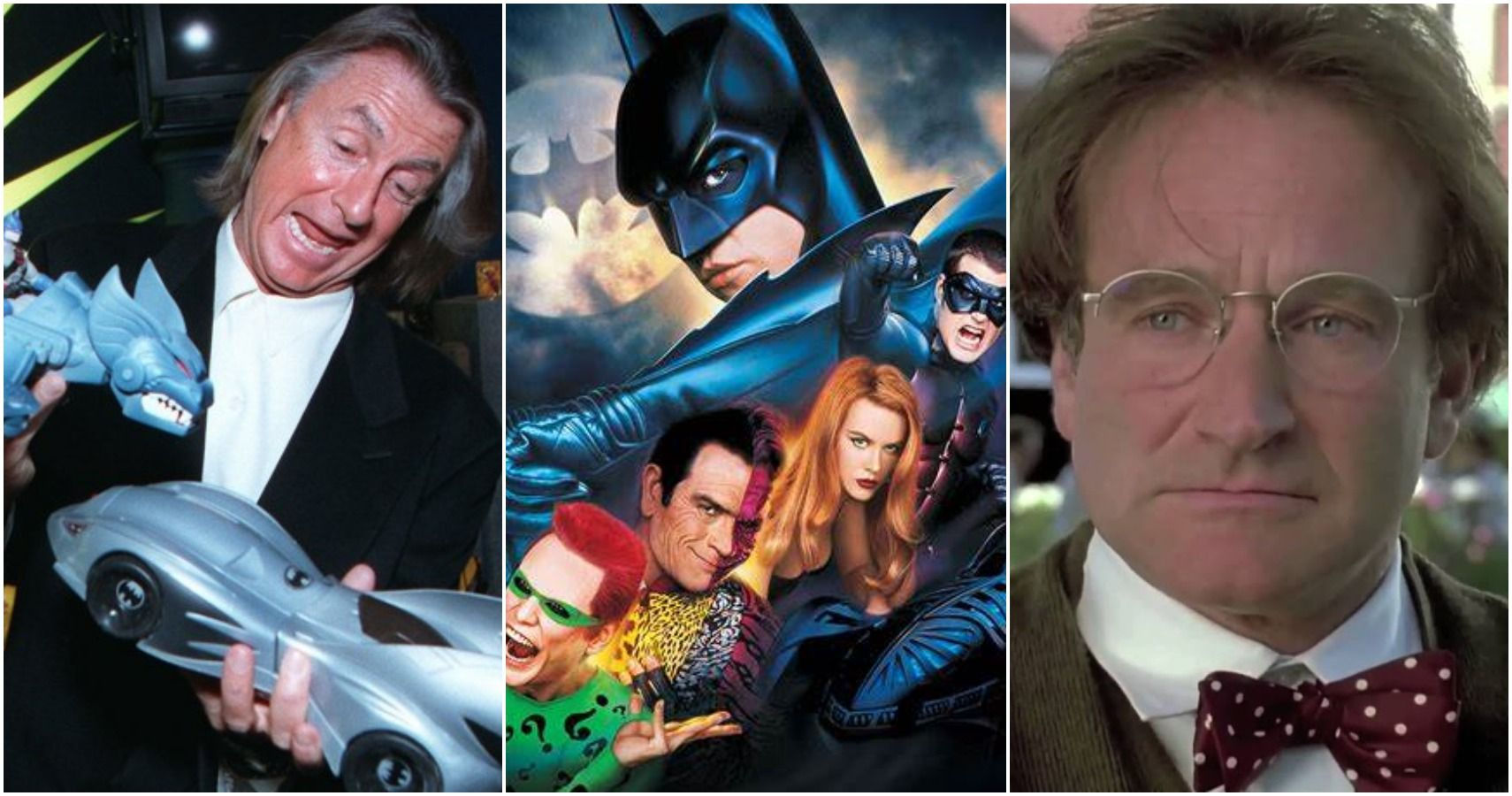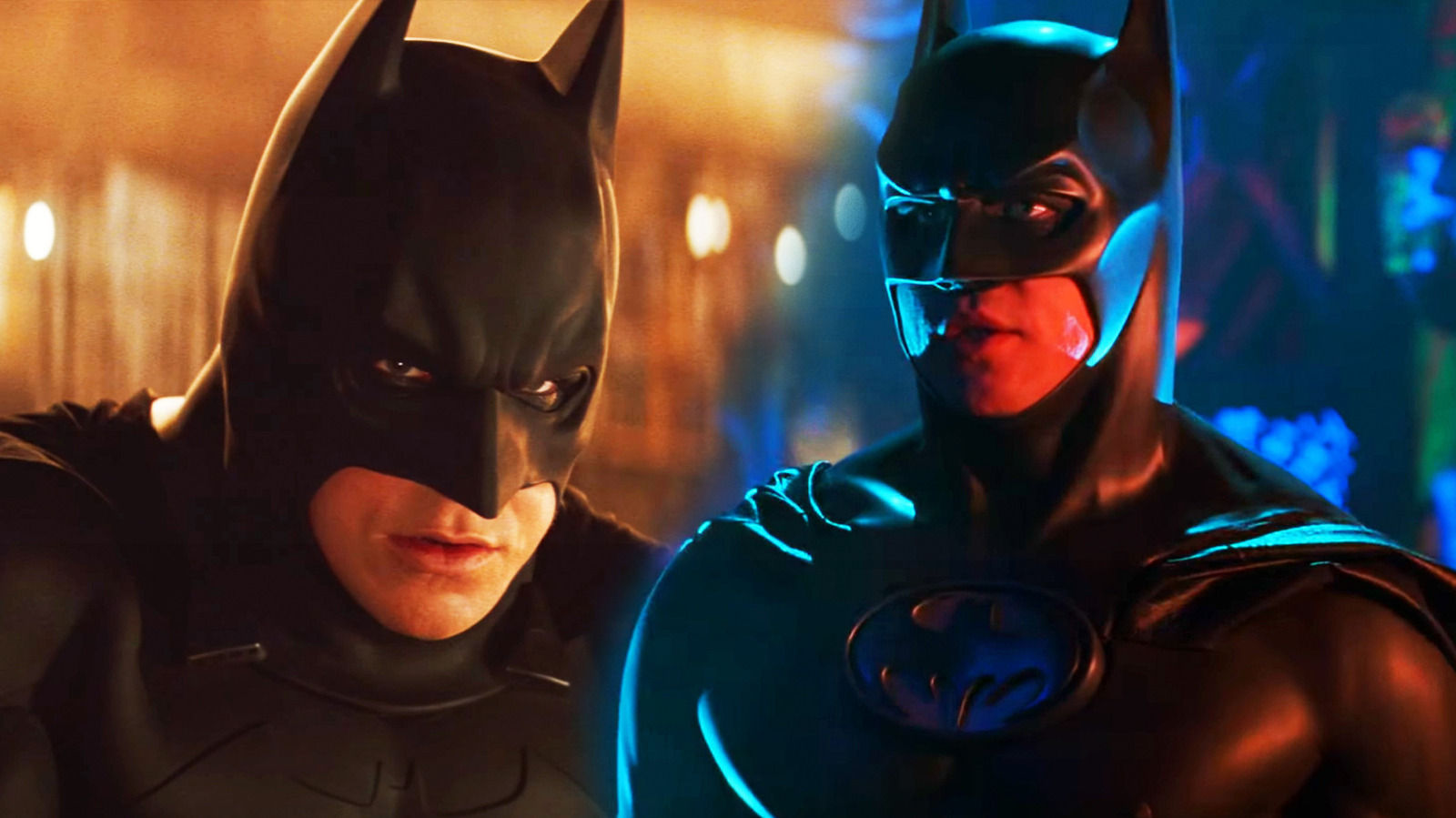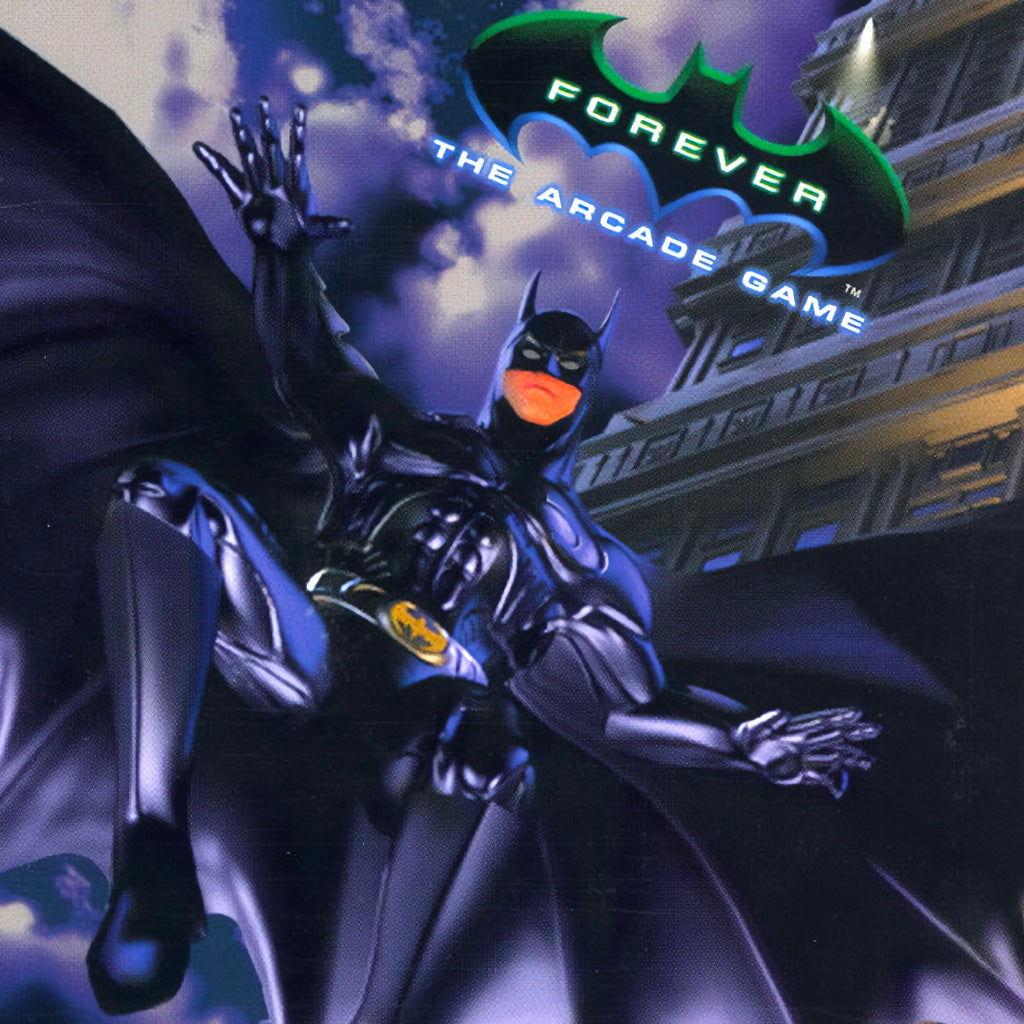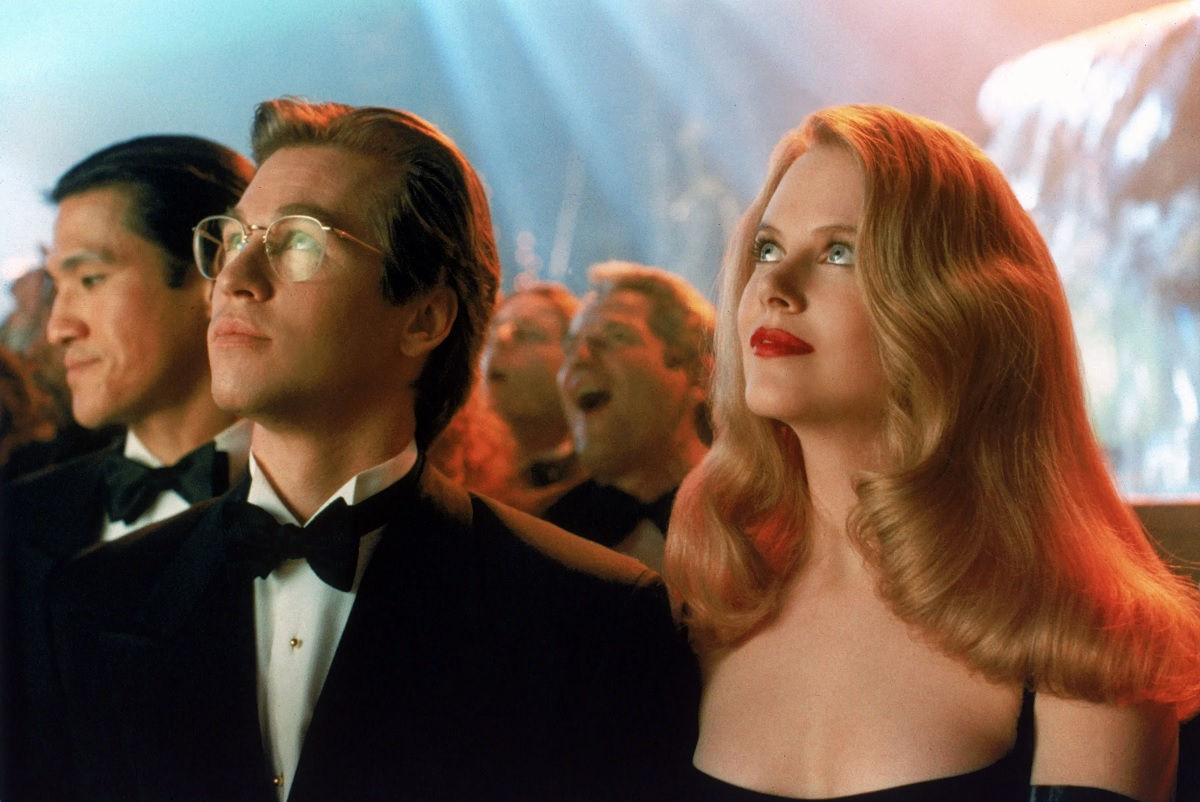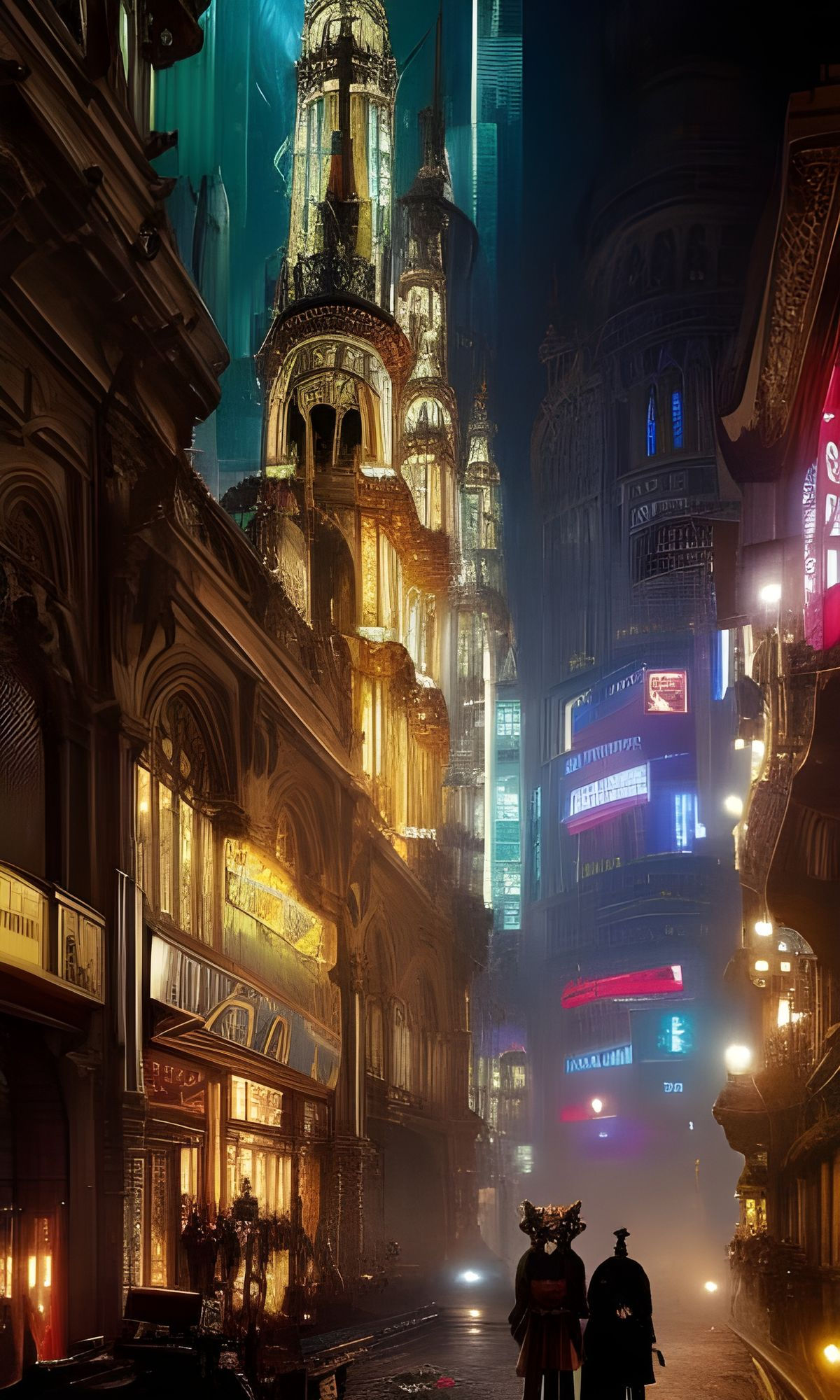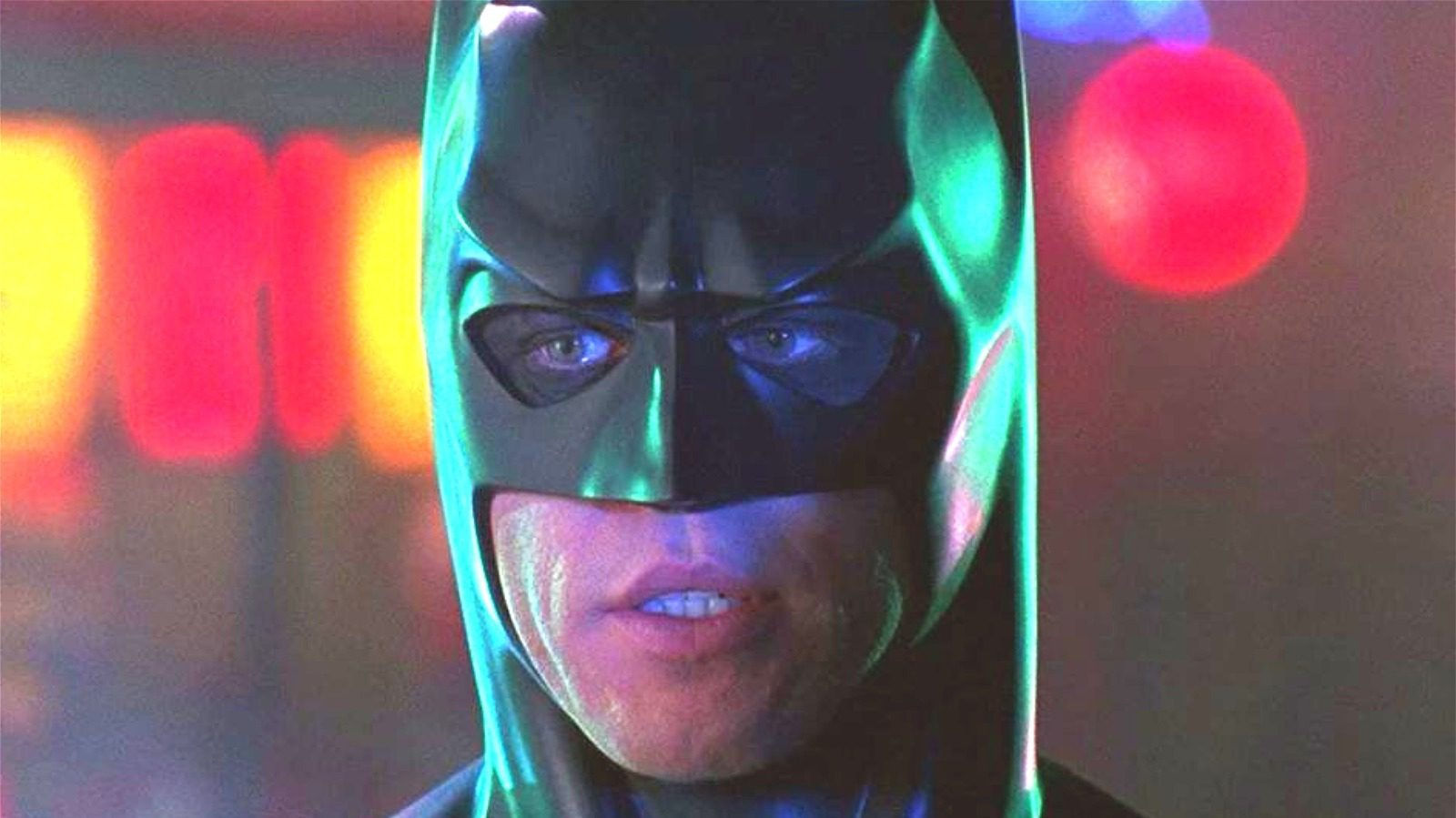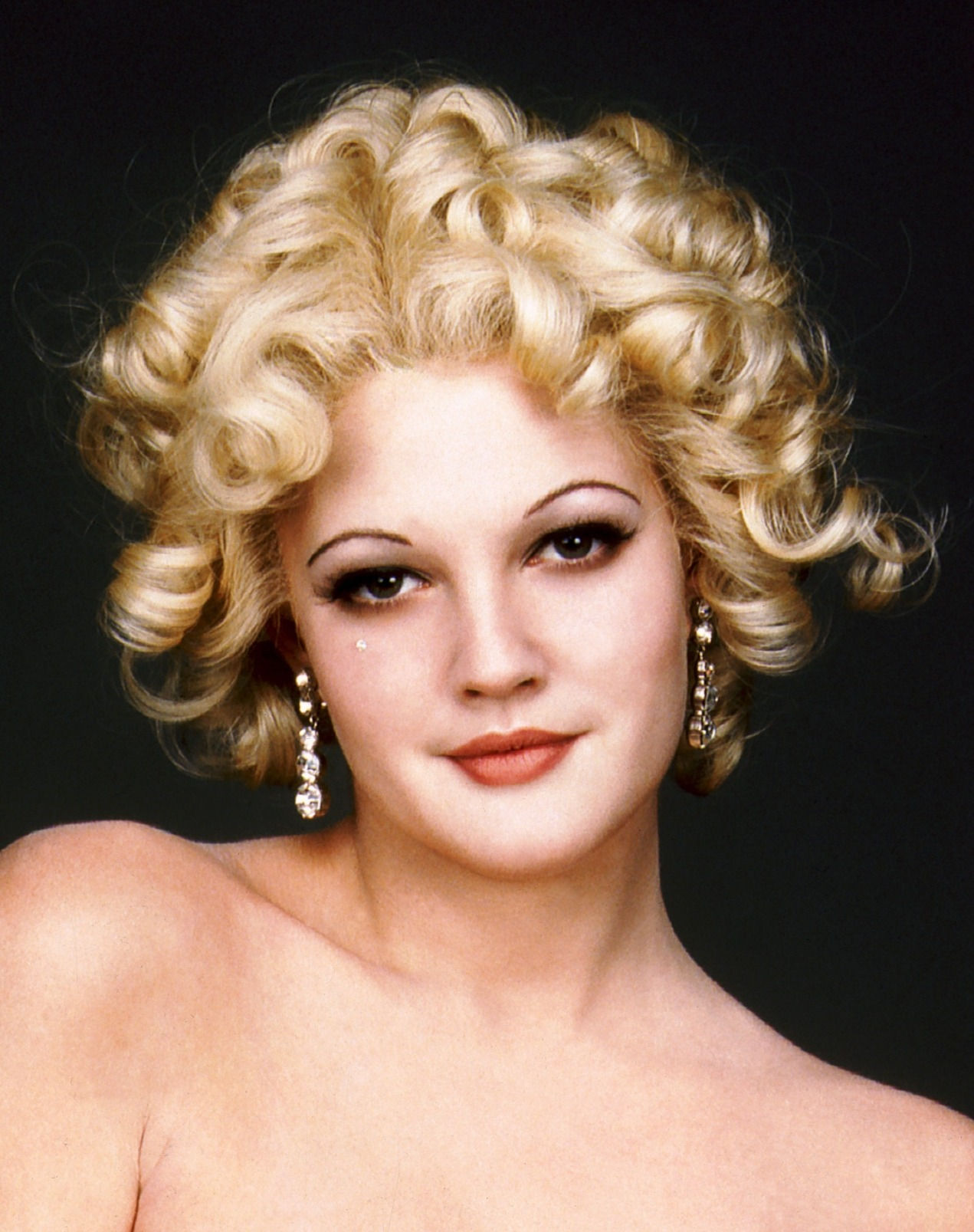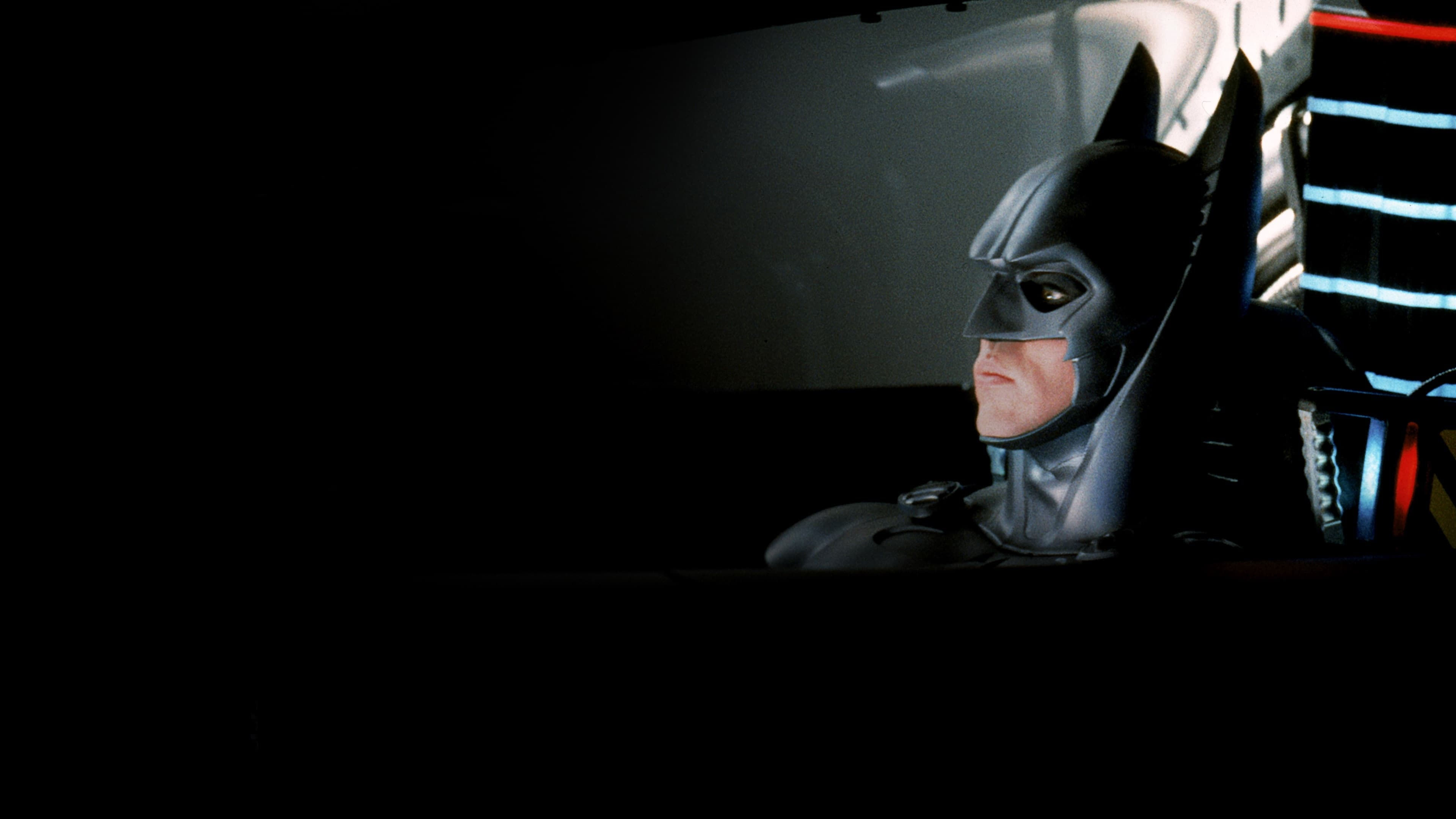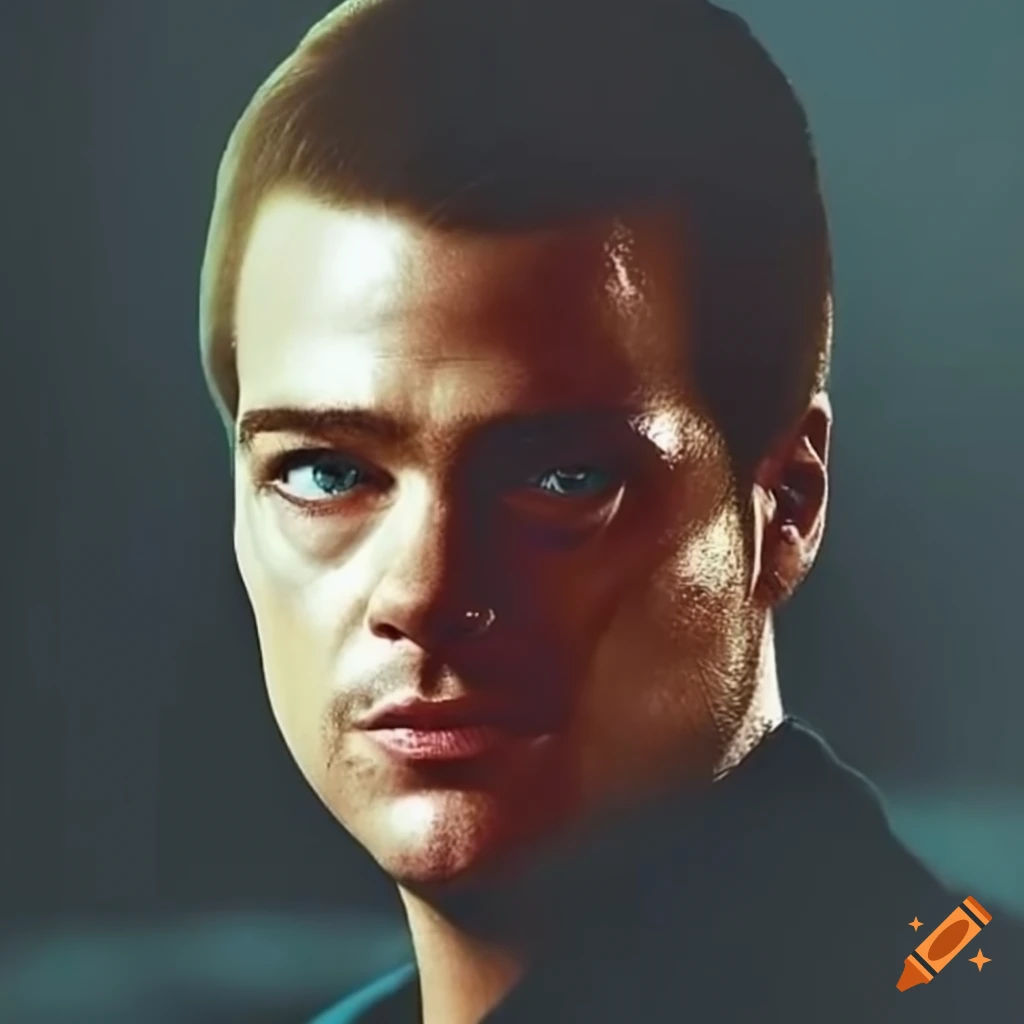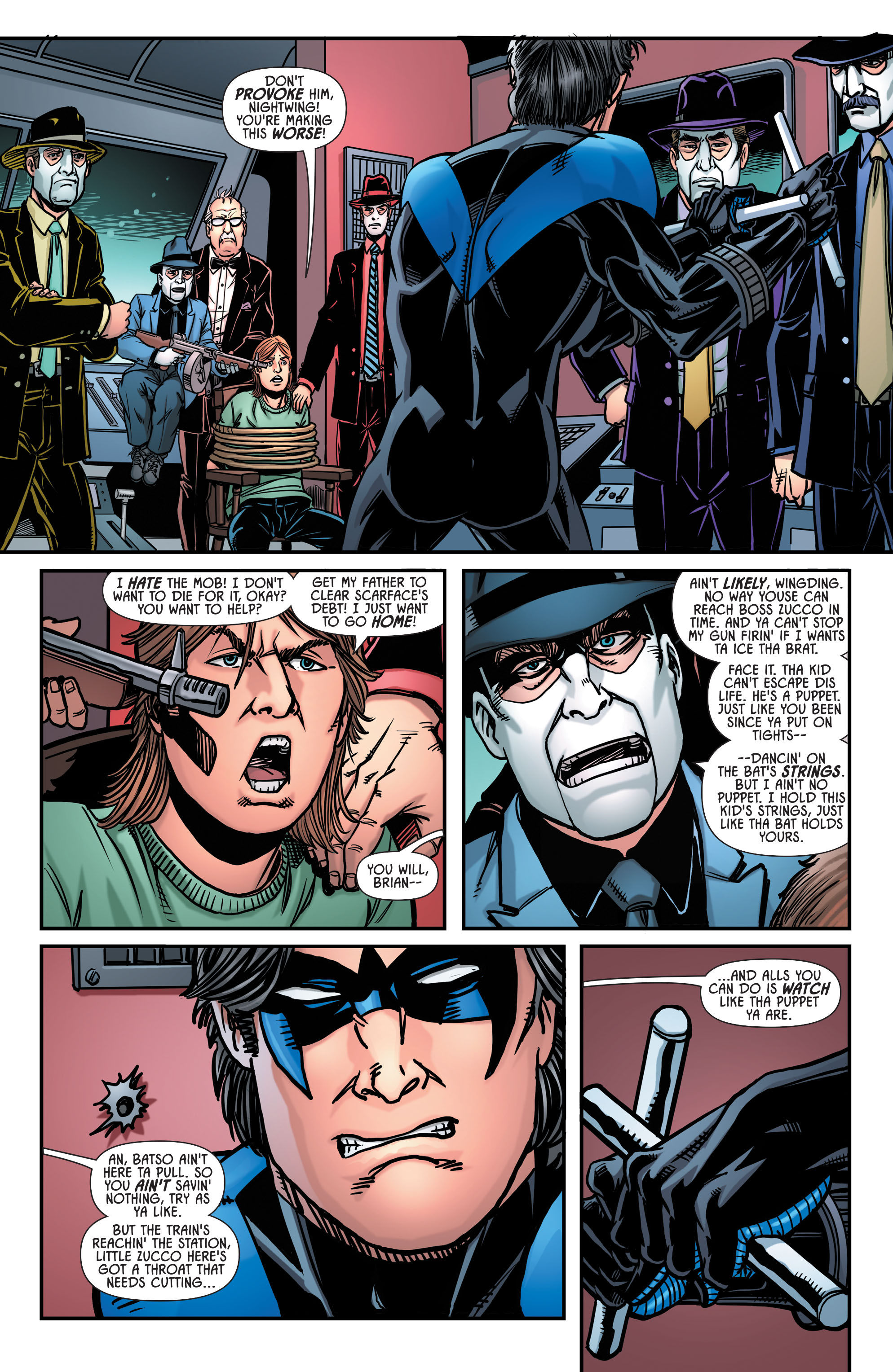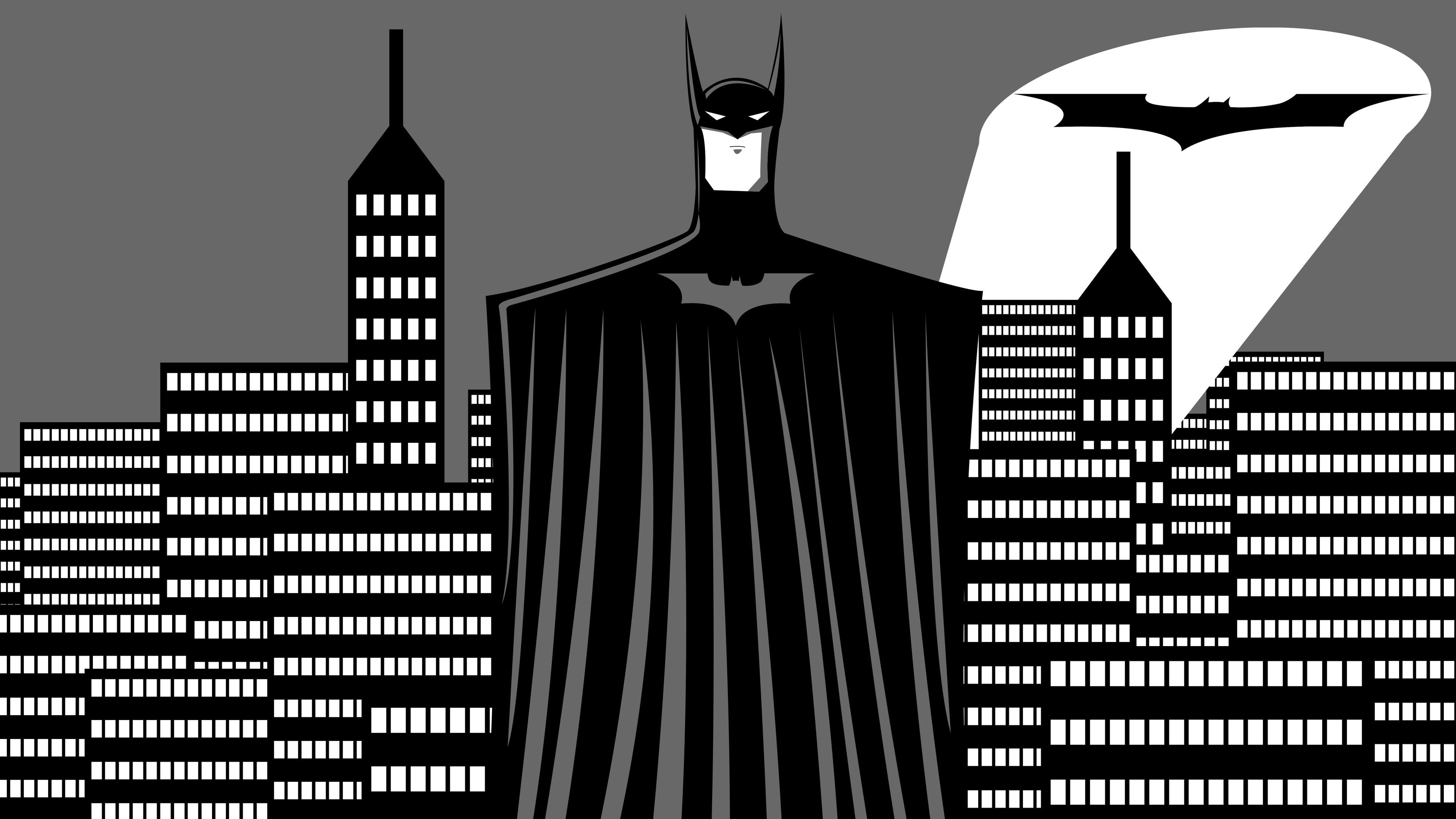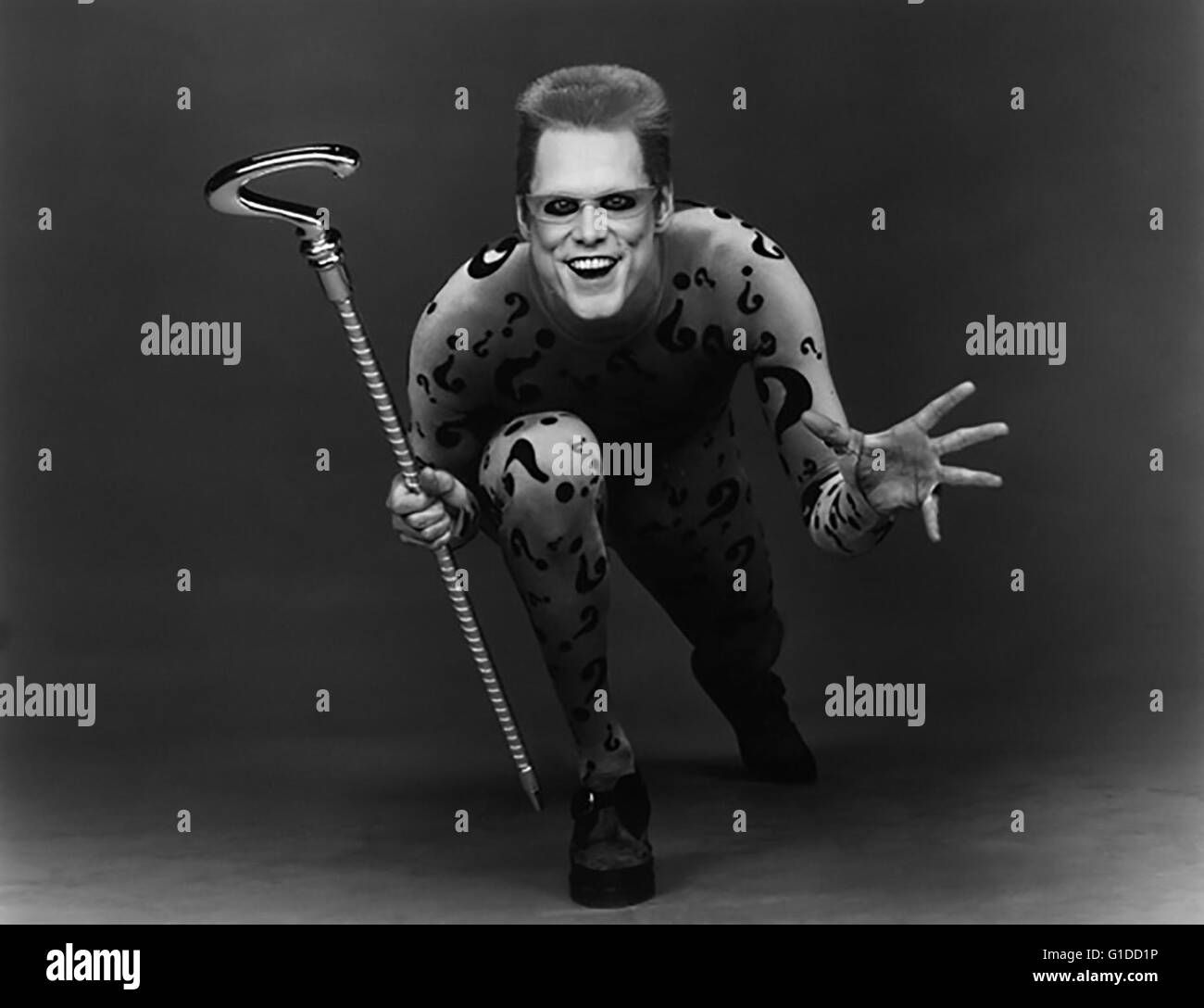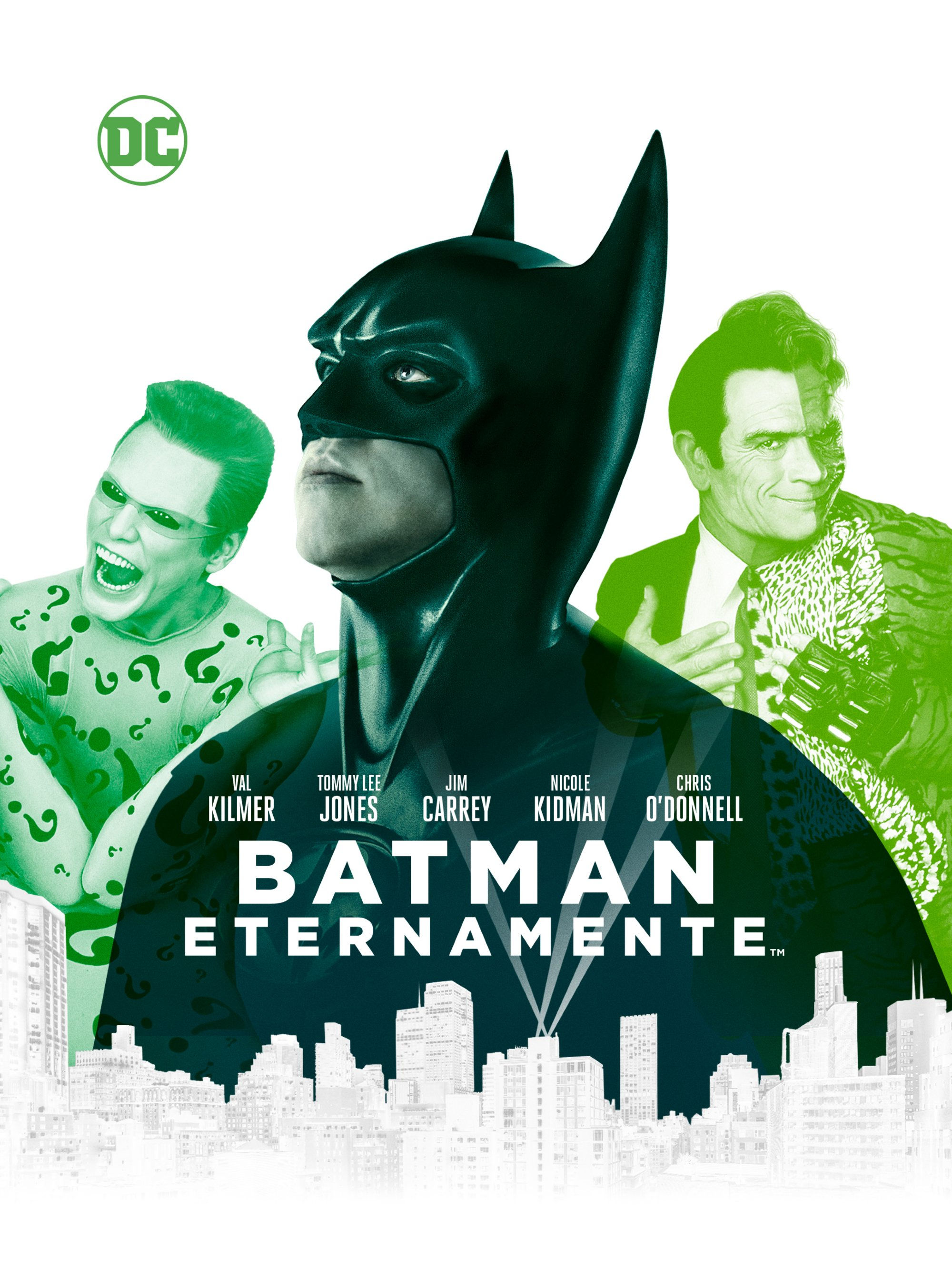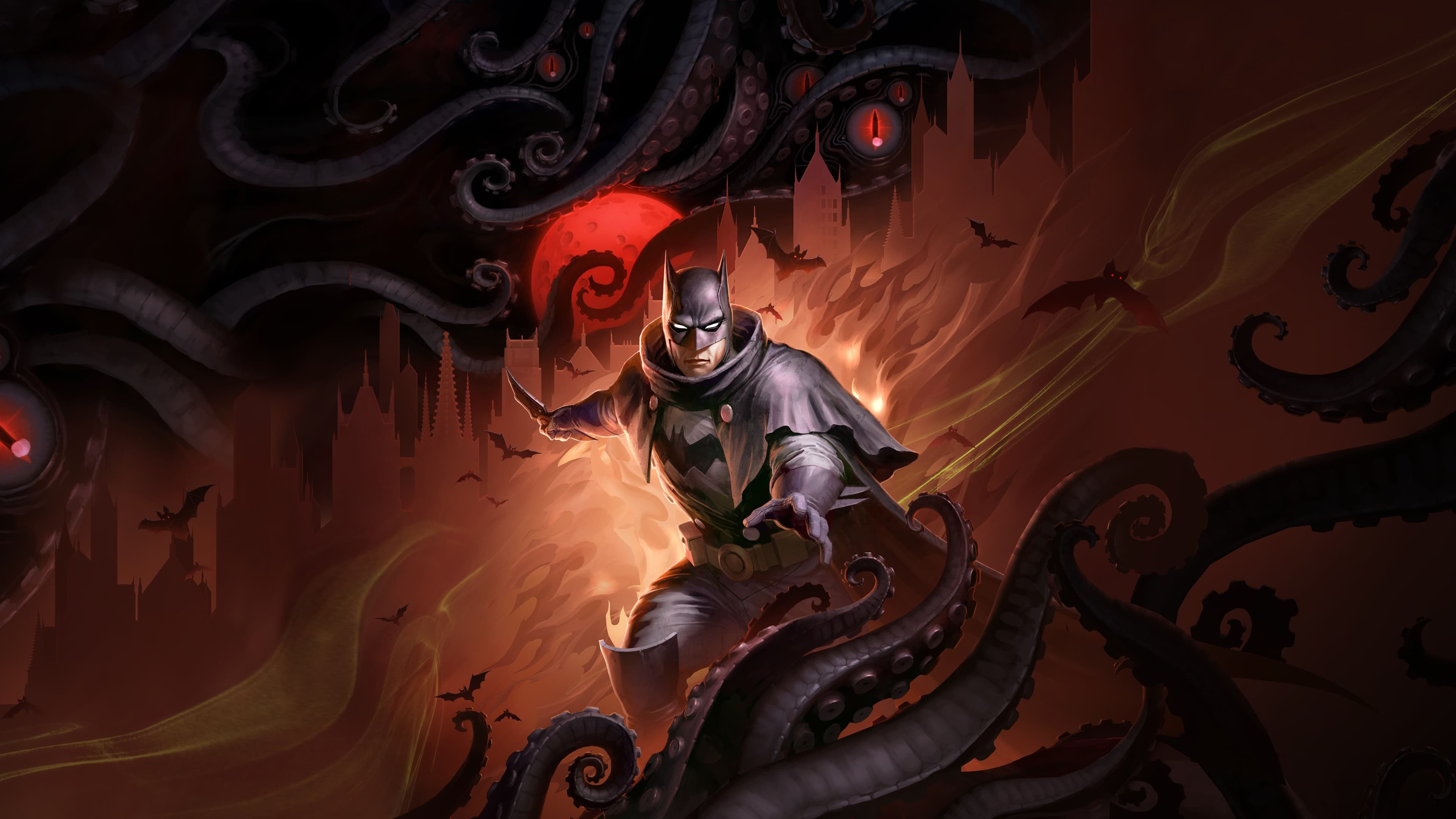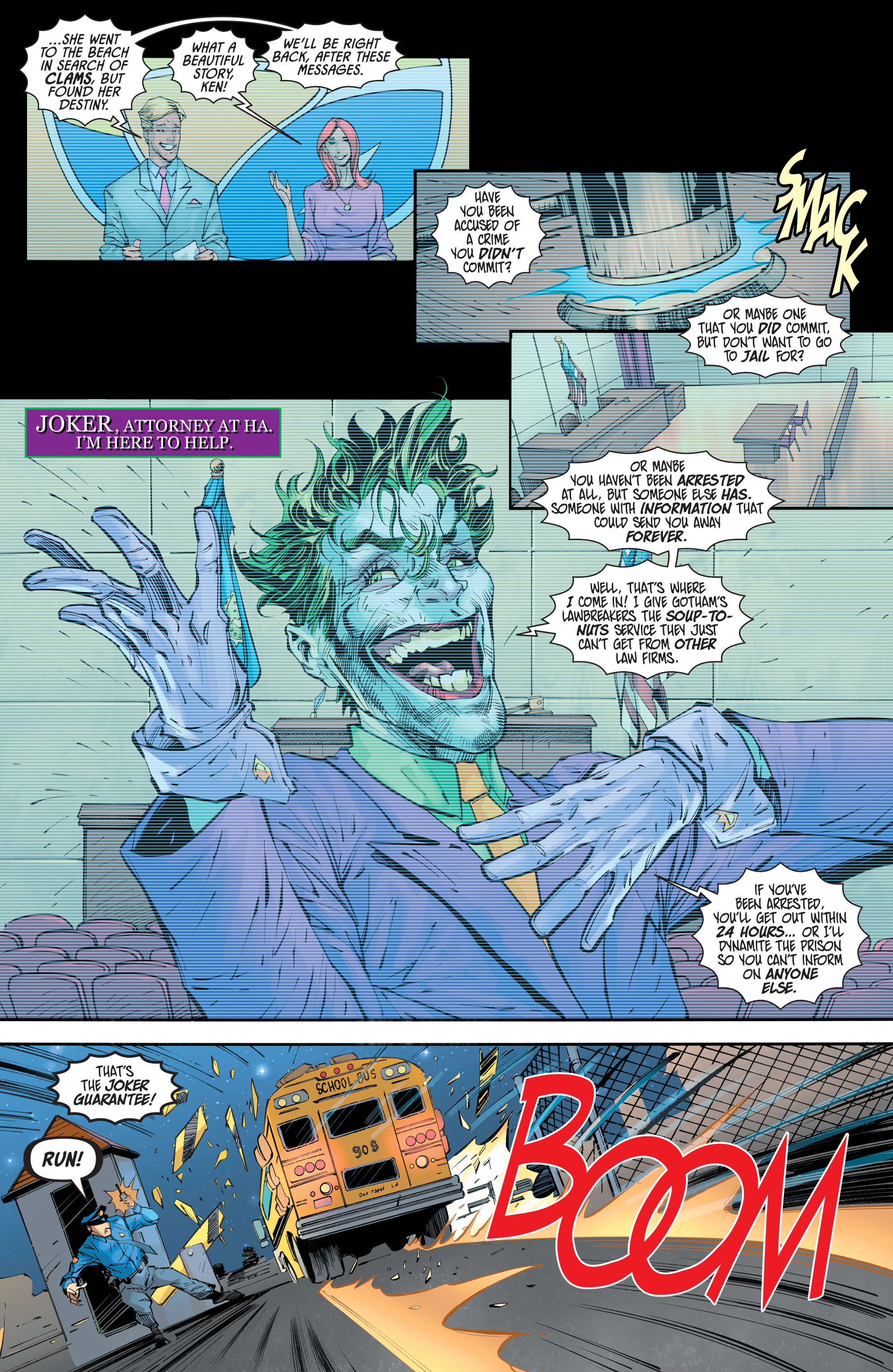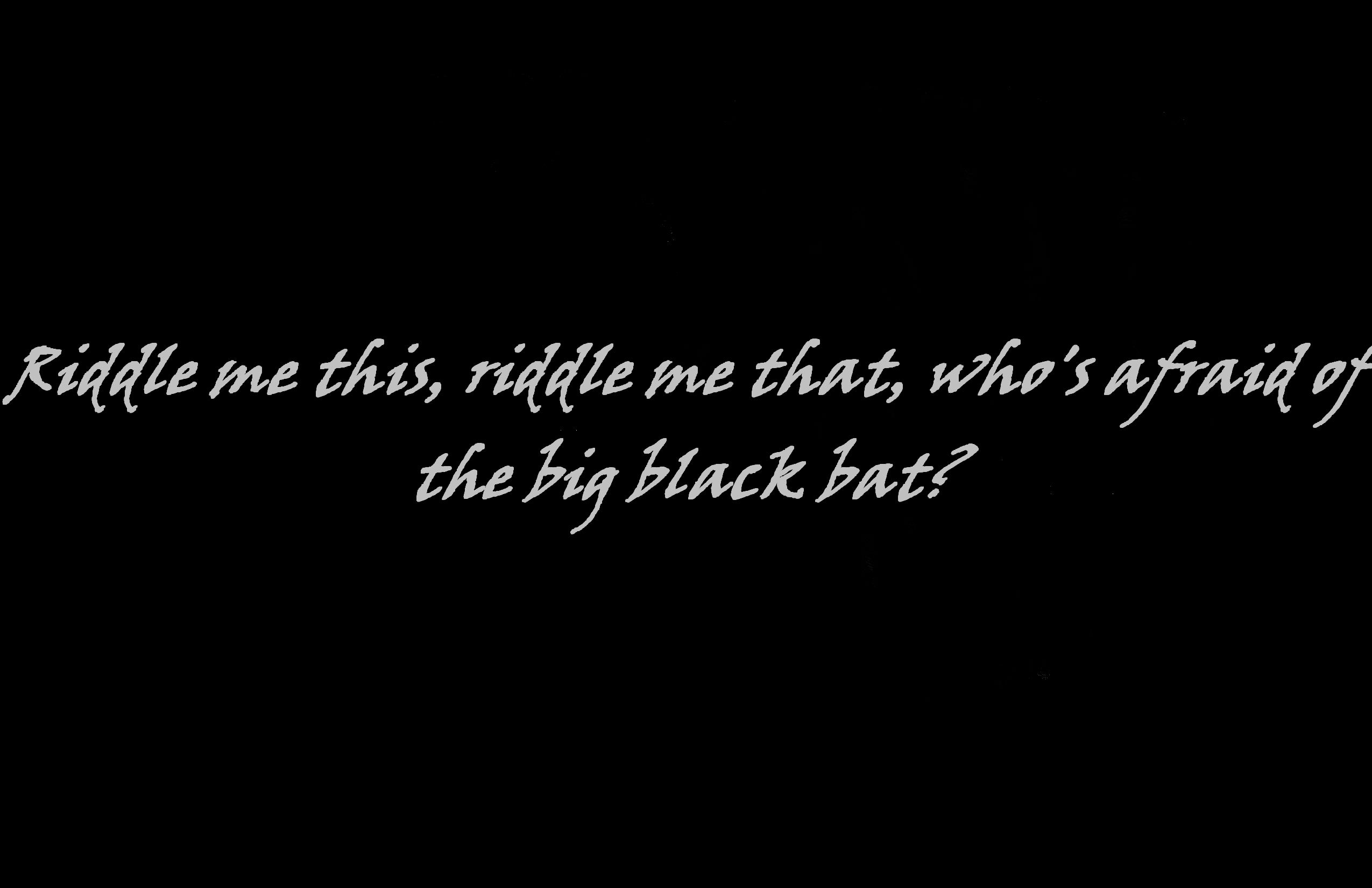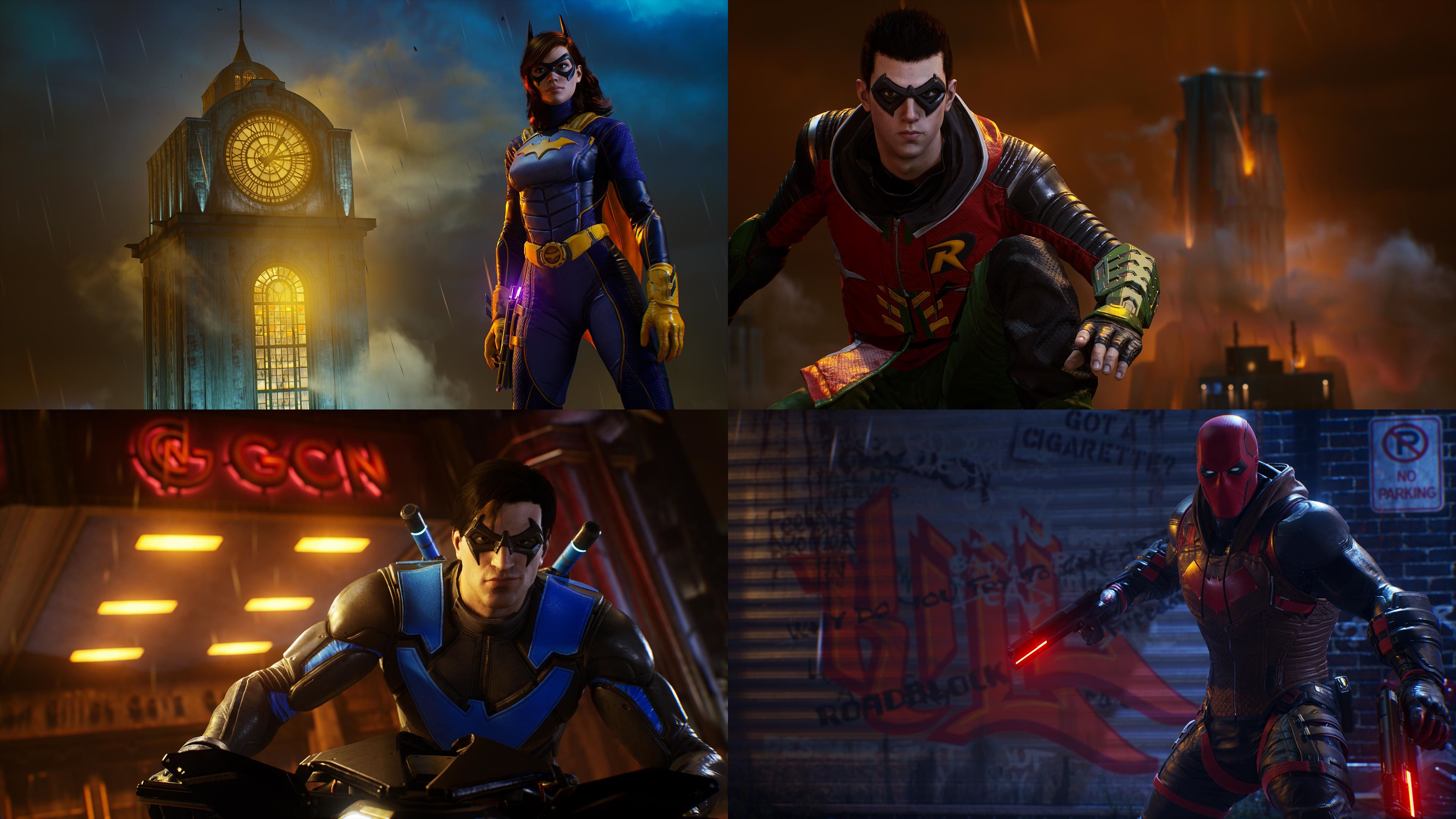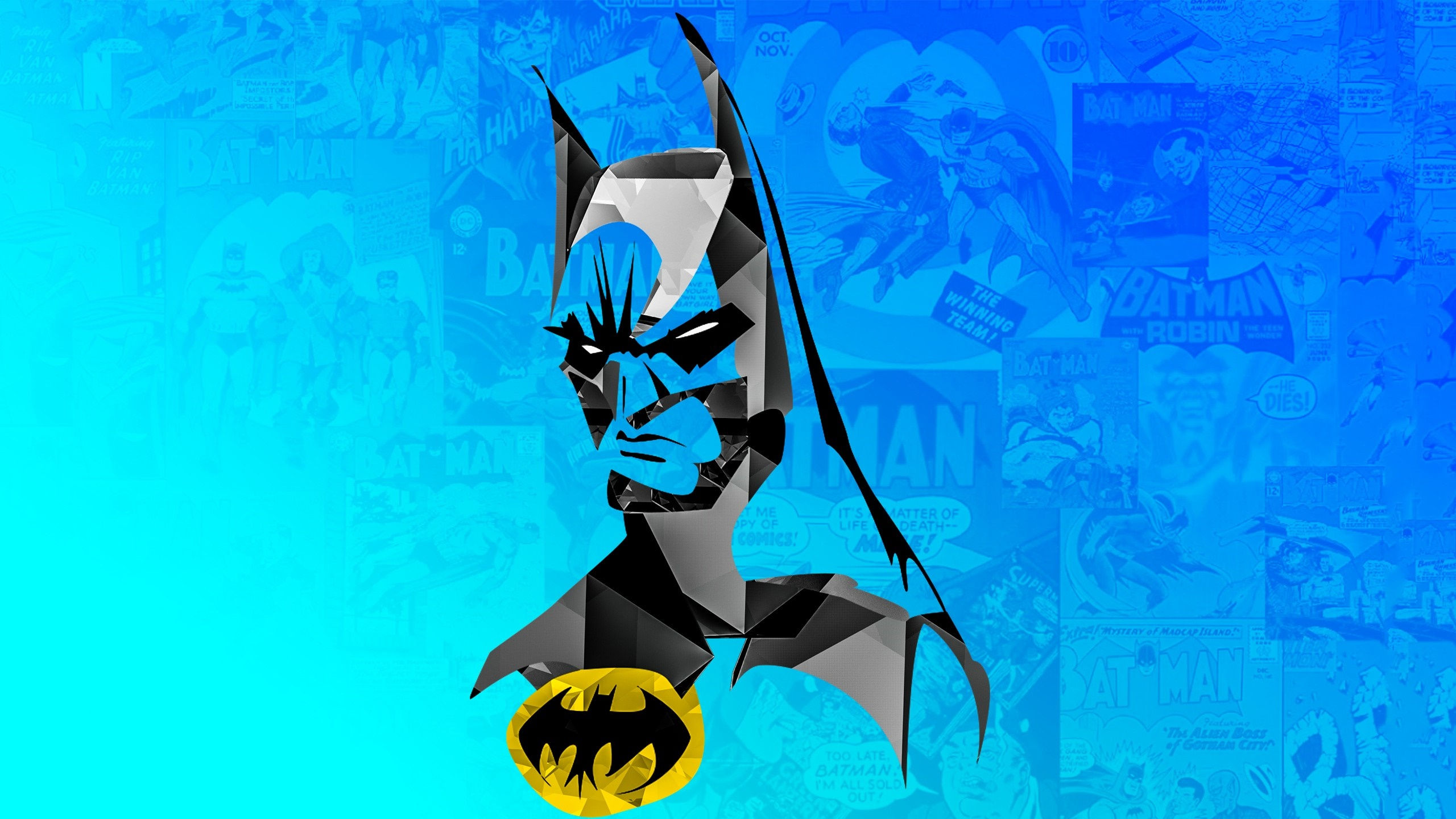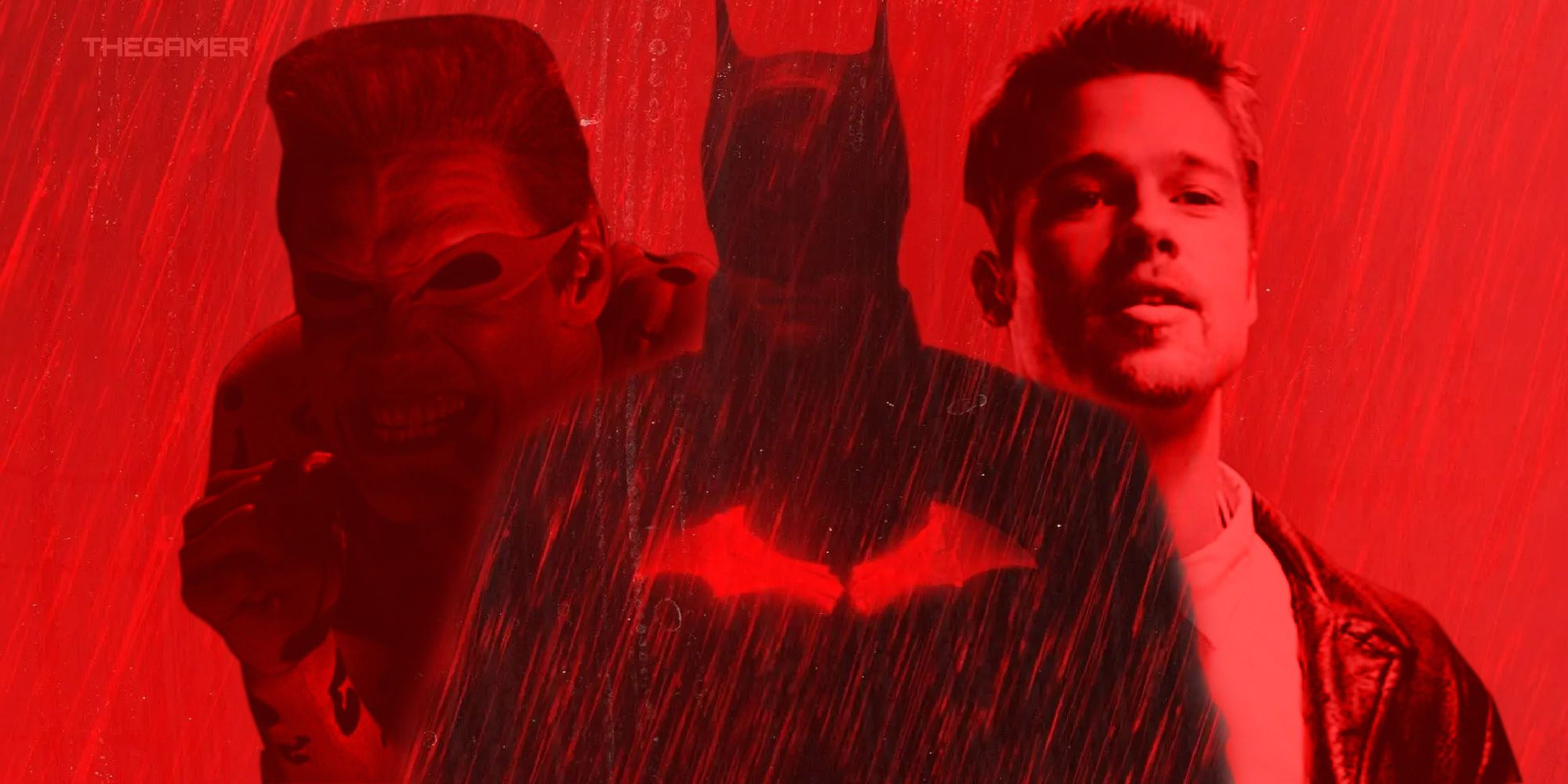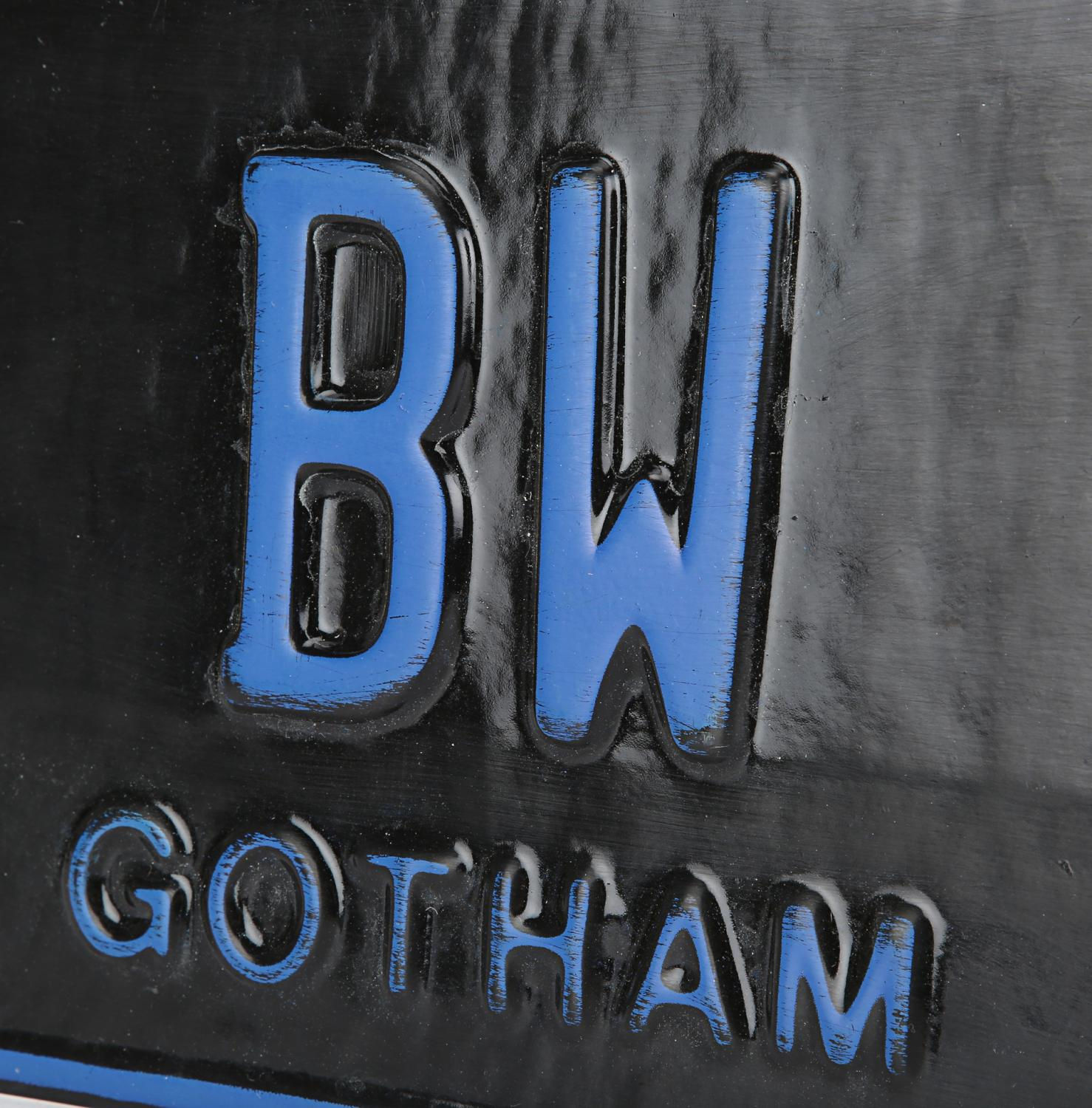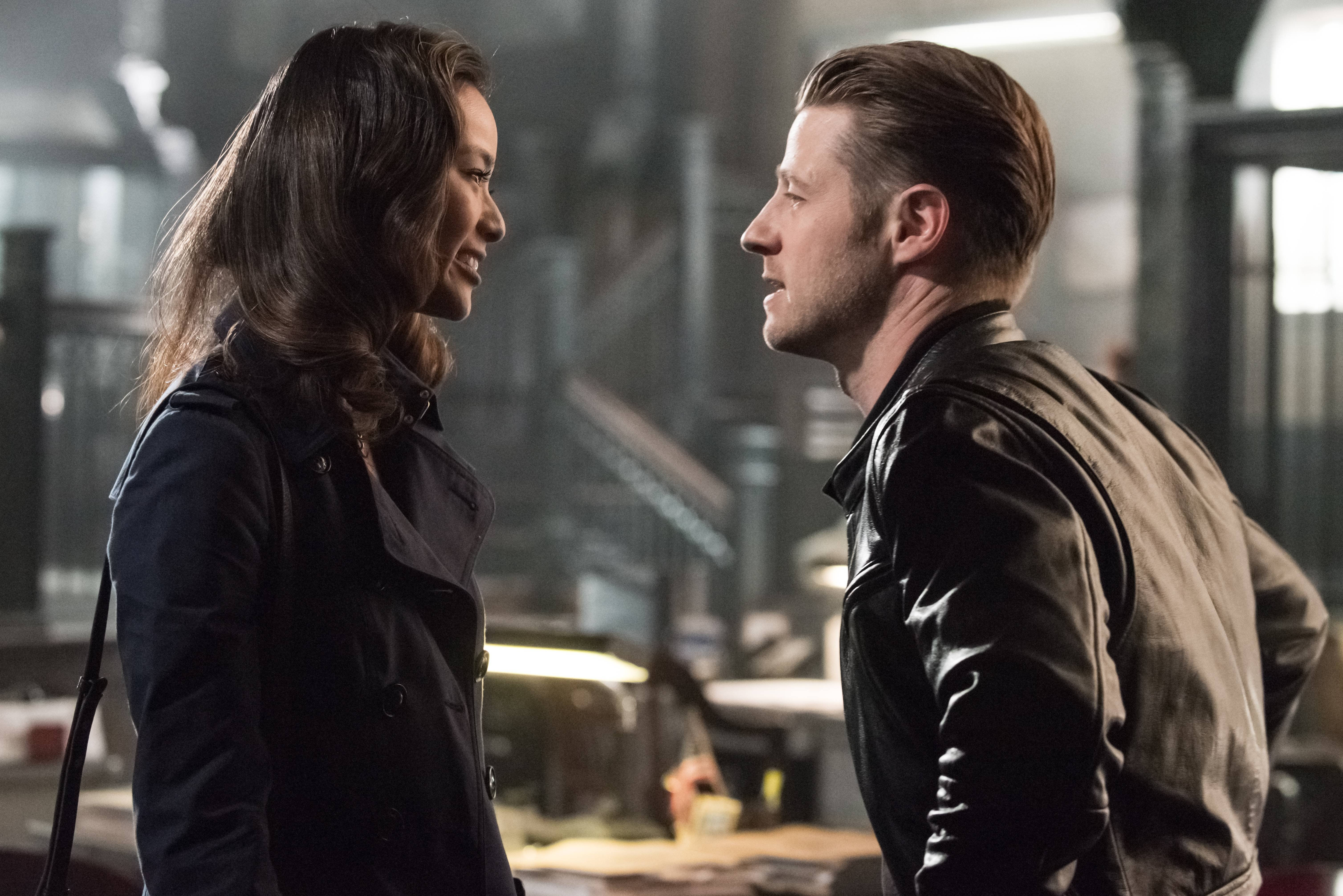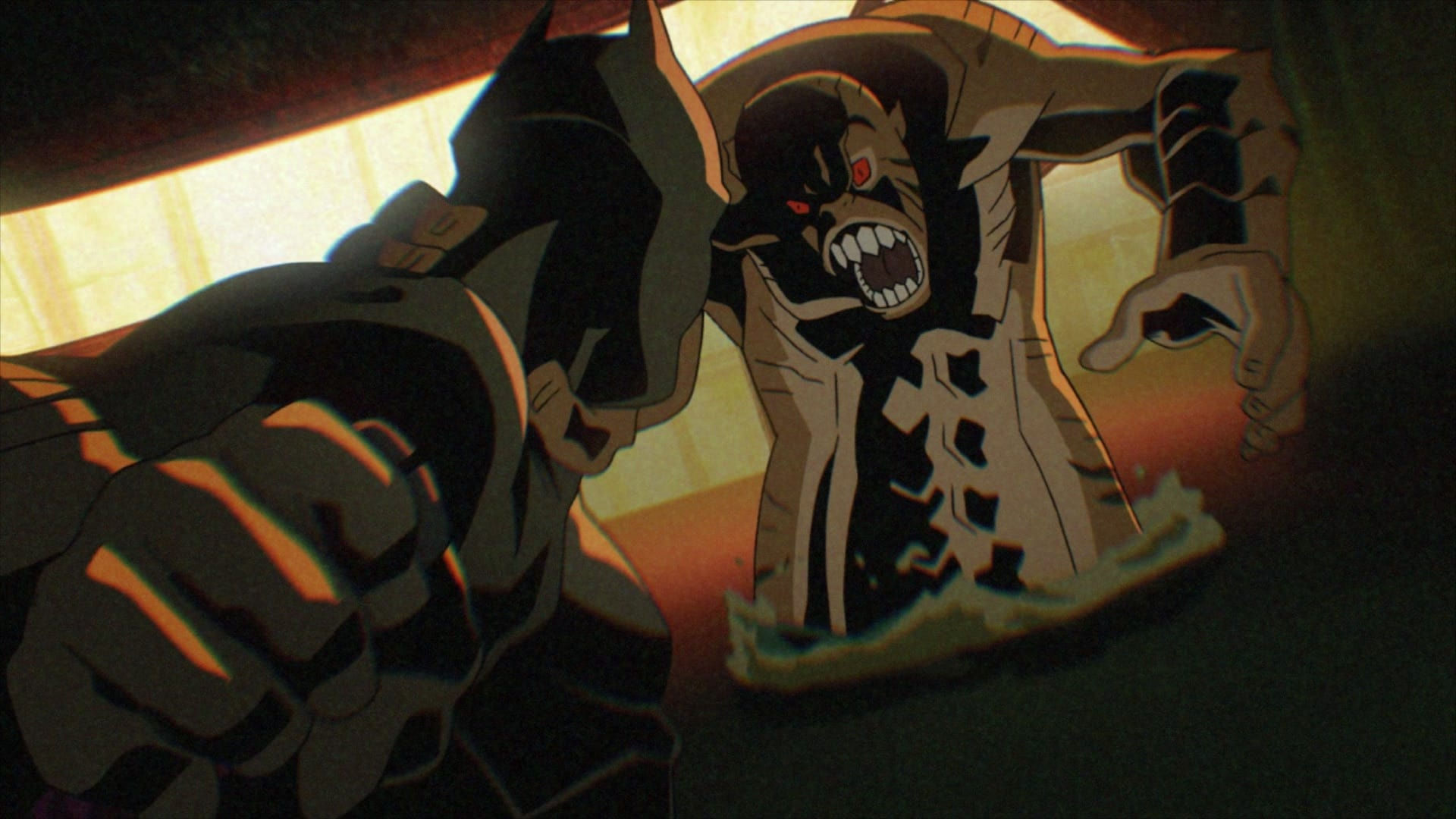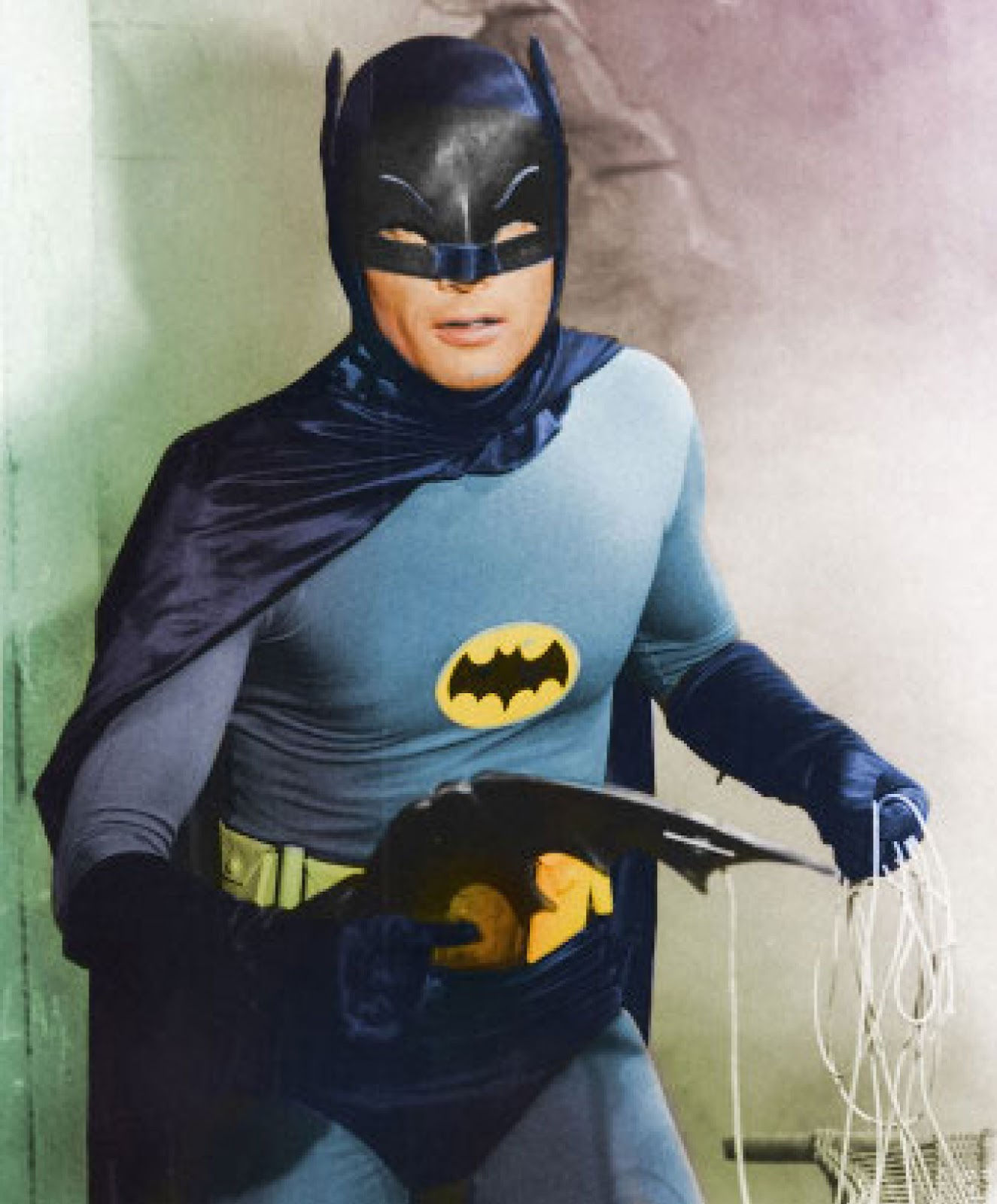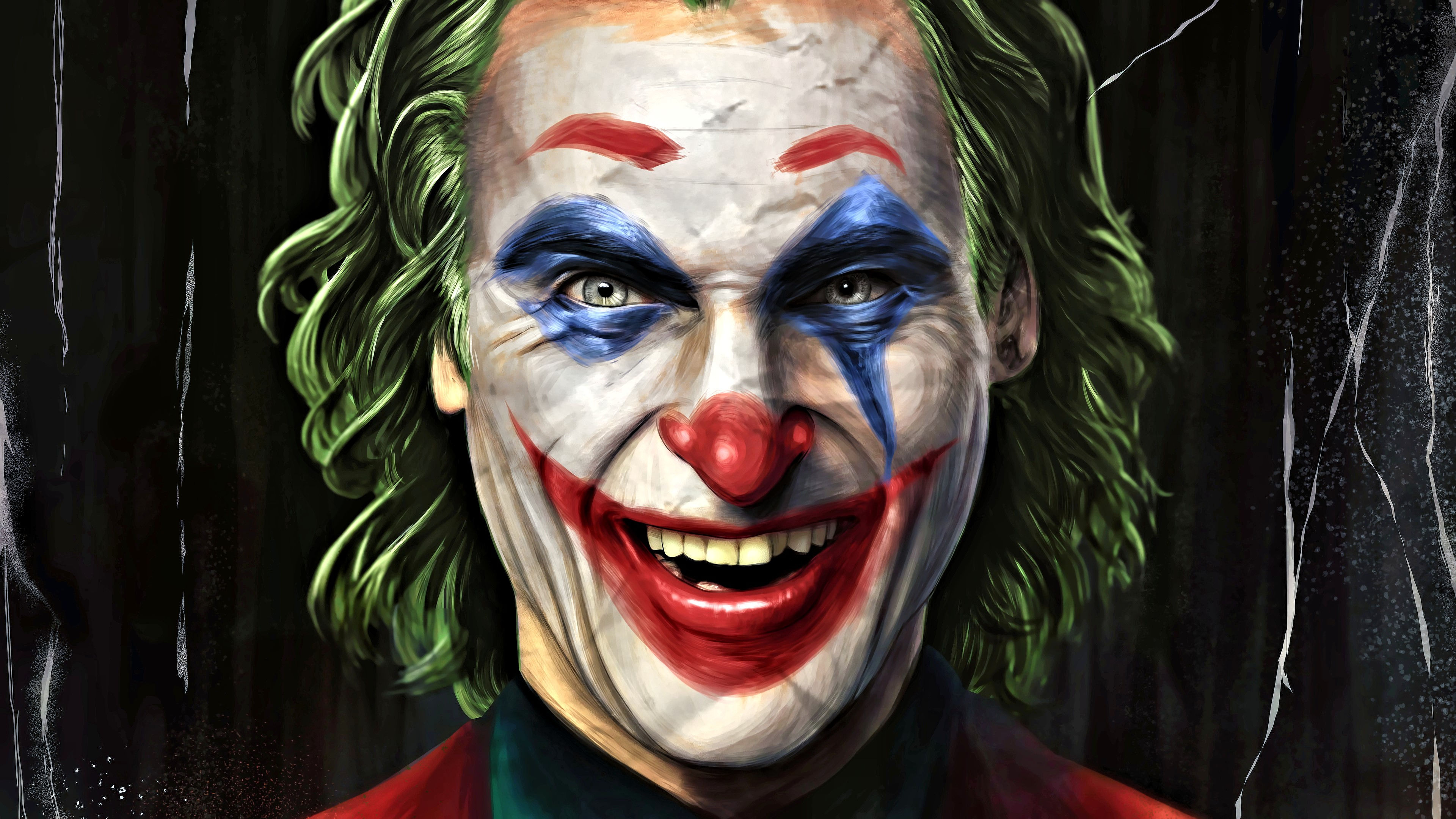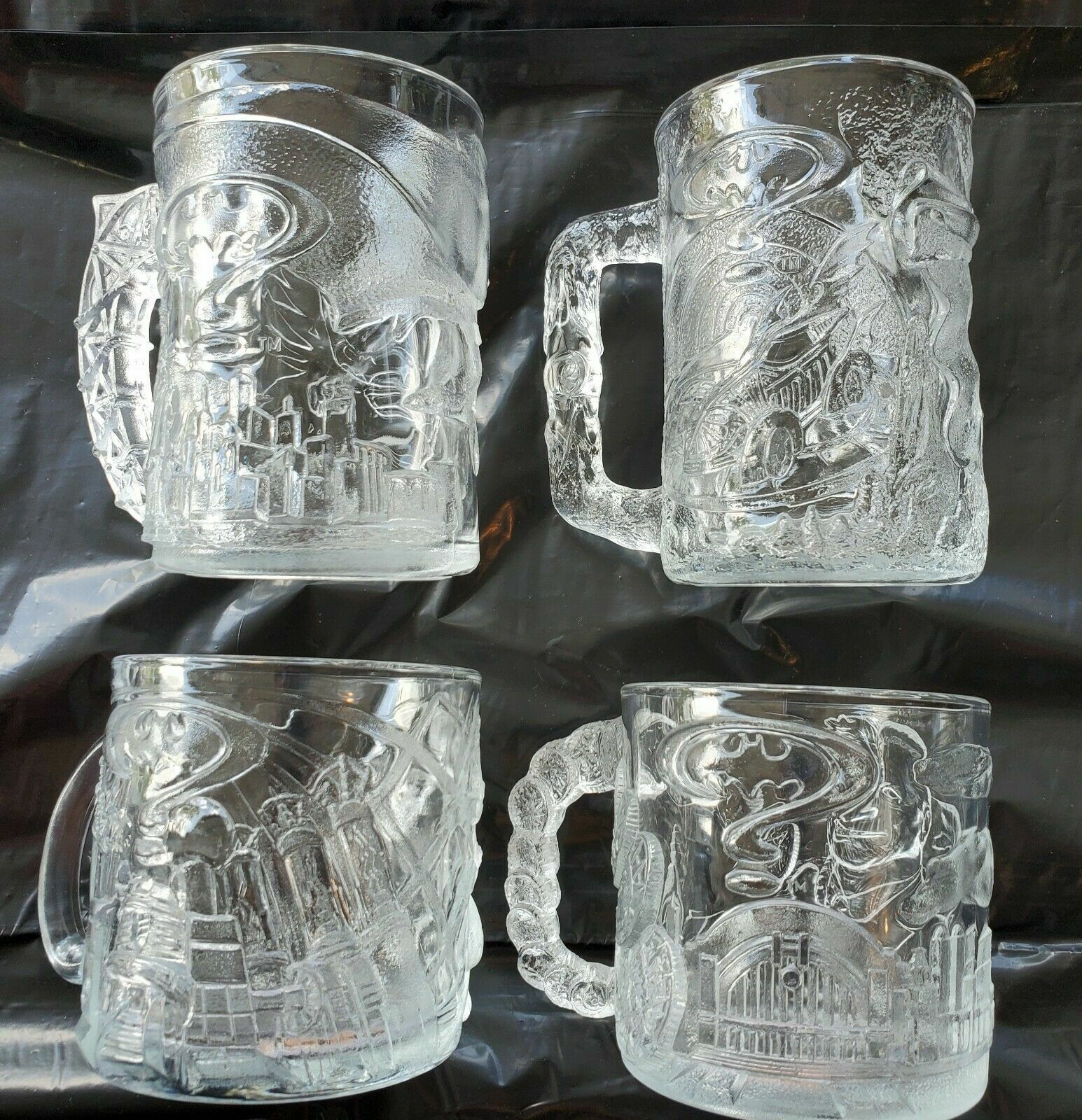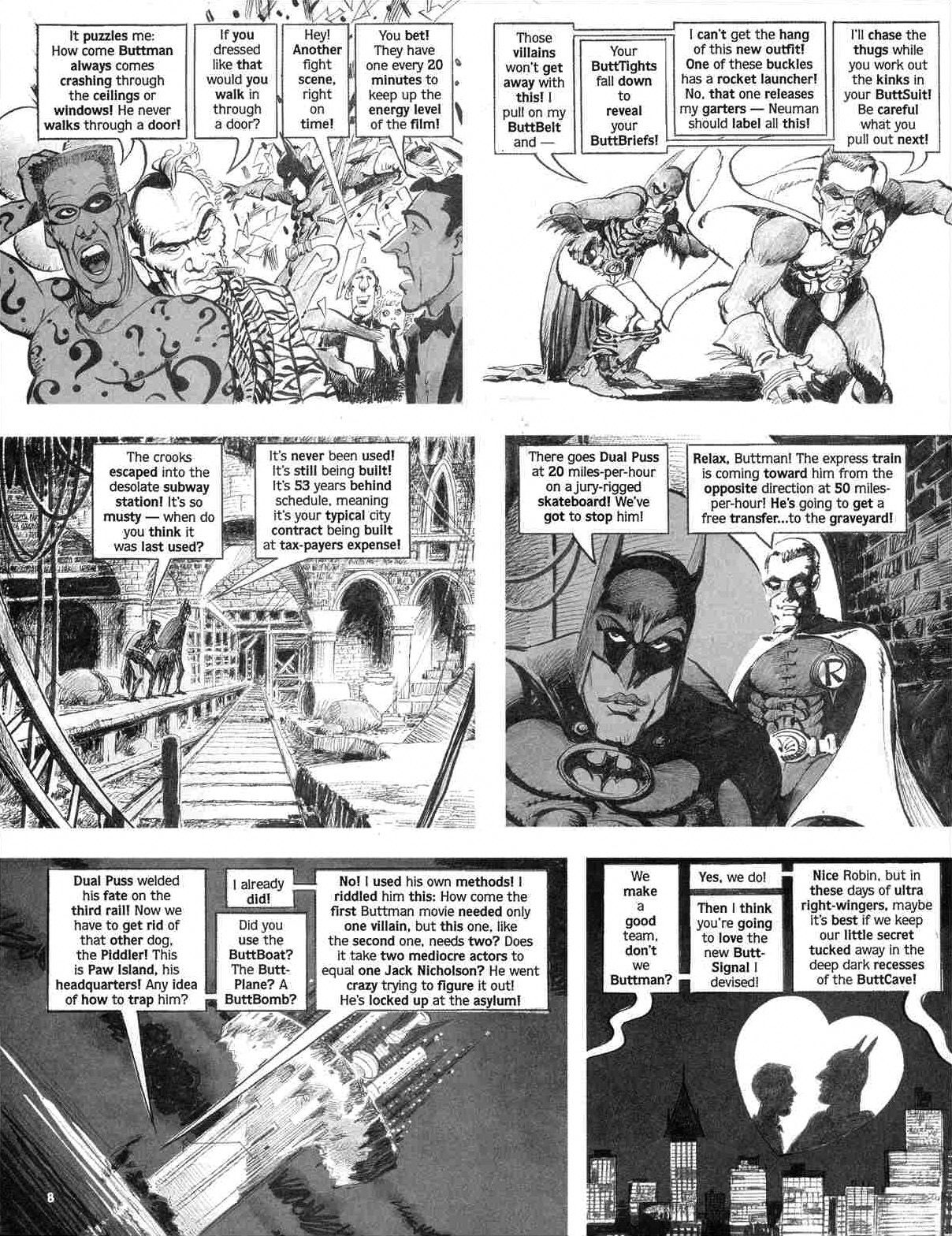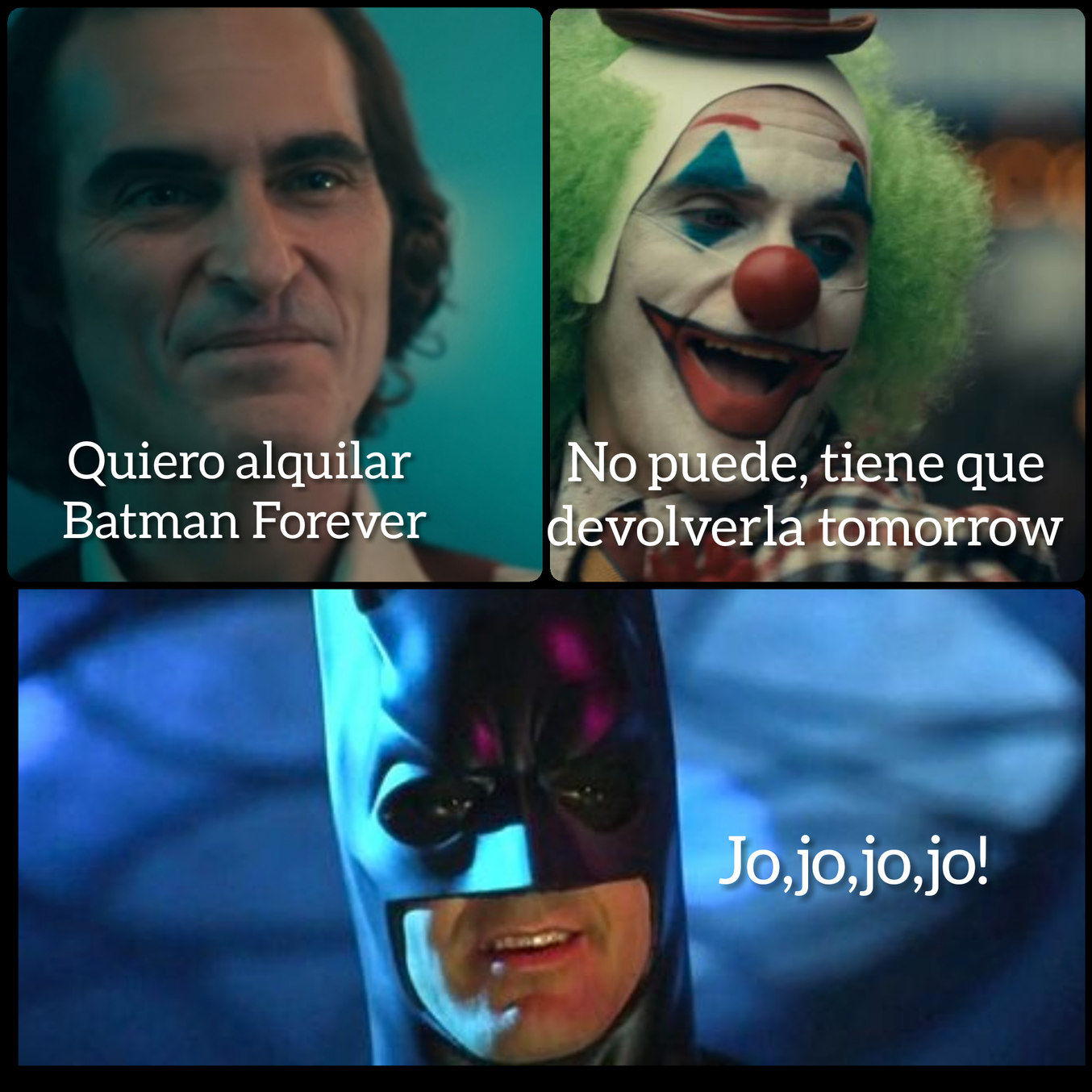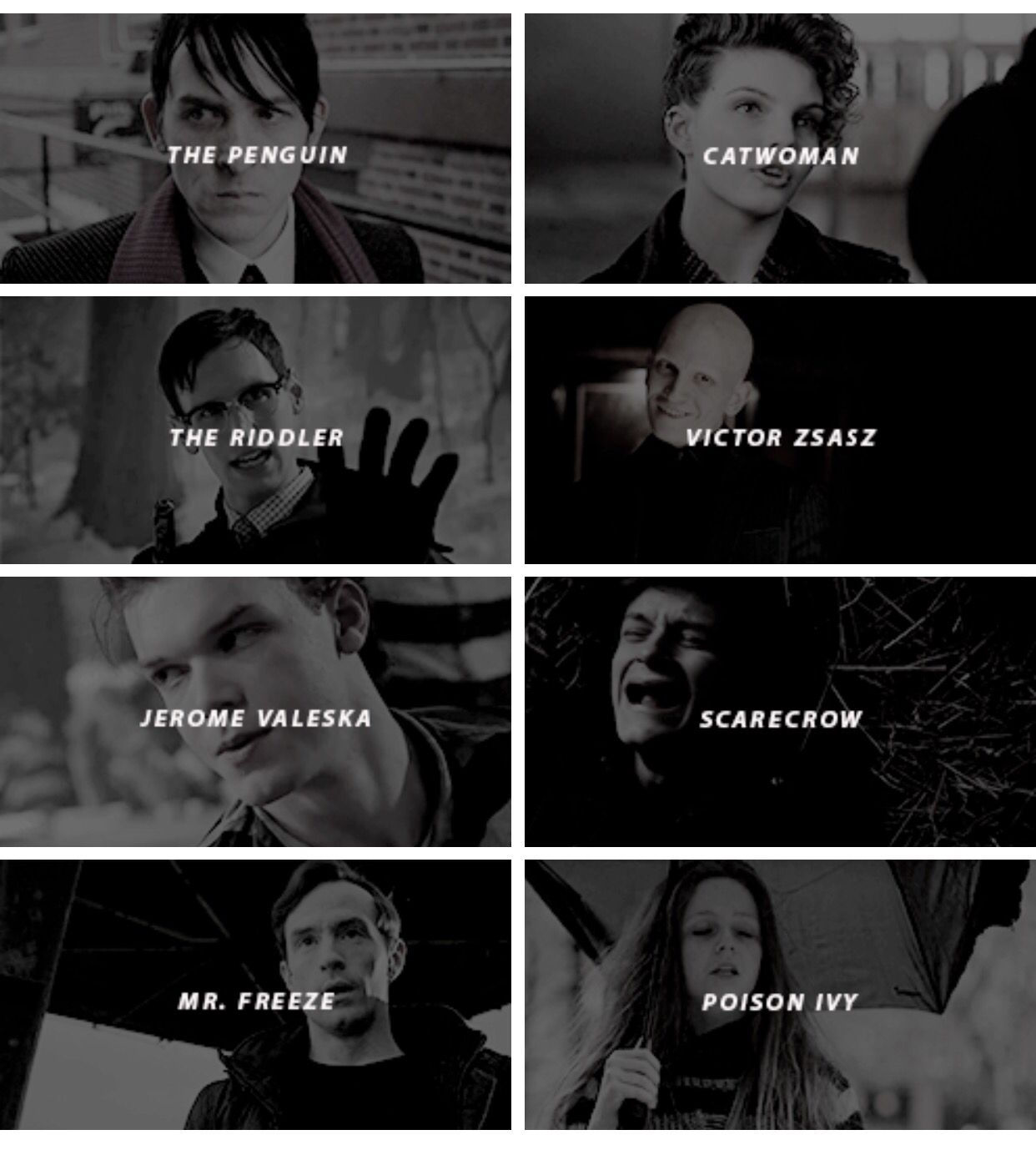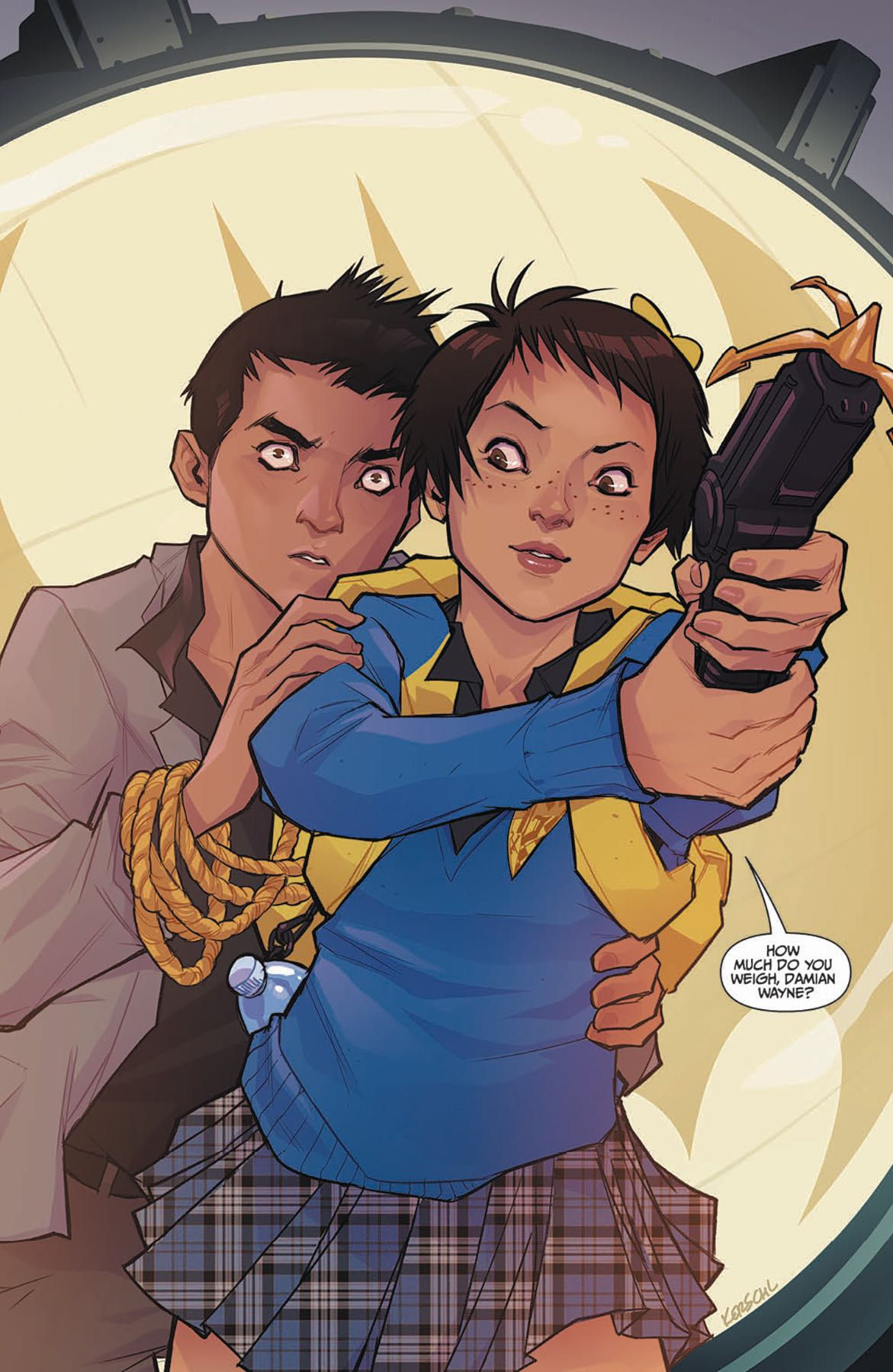The City Beckons: Decoding the Art Deco Metropolis
This image, a stunning example of Art Deco style, isn't just a picture; it's a portal to a bygone era, a visual symphony of geometric precision and dramatic lighting. It evokes the soaring ambition and undeniable glamour of the 1920s and 30s, a time when cities were reaching for the sky and modernism was in full swing. Let's delve deeper into its composition, its potential story, and the cultural context that birthed its aesthetic.
A Symphony in Steel and Shadow:
The first thing that strikes the observer is the dramatic use of perspective. The buildings, rendered in a sharp, almost cubist style, converge towards a central vanishing point. This creates a powerful sense of depth, drawing the viewer's eye into the heart of the city. The buildings themselves are not simply rectangular boxes; they are elegantly tapered, suggesting a sense of upward movement, aspiration, and an almost impossible height. The artist skillfully uses light and shadow to emphasize this verticality. The buildings are not uniformly lit; some are bathed in a soft, almost ethereal glow, while others are shrouded in deep shadow, hinting at the hidden lives and secrets within the city. The color palette is equally striking – a deep, brooding crimson in the sky that gradually fades into the muted grays and whites of the city itself. This contrast further enhances the drama and creates a feeling of both energy and mystery.
More Than Just Buildings: A City's Soul:
The image is more than just an architectural representation; it’s a depiction of a city's soul. These aren't just buildings; they are the homes, workplaces, and dreams of countless individuals. Each window, each subtle variation in shading, hints at a unique story unfolding behind the façade. The rain, subtly suggested by the vertical streaks of light and dark, adds a melancholic touch, a suggestion of the ephemeral nature of life and the constant flow of time within this bustling metropolis.
The Art Deco Influence:
The style is undeniably Art Deco. This movement, flourishing between the two World Wars, was characterized by its geometric shapes, streamlined forms, and the incorporation of modern materials like steel and glass. The image beautifully captures this aesthetic, with its emphasis on symmetry, repetition, and a sense of order. The angularity of the buildings, the sharp lines, and the overall sense of dynamism are all hallmarks of the Art Deco style. However, there's a touch of something darker, more evocative, than the purely celebratory aspects often associated with Art Deco. The shadowy recesses, the brooding sky, suggest a city with both glamour and grit, prosperity and poverty, hope and despair – a more realistic portrayal than often found in the more idealized Art Deco imagery.
A Story Unfolds:
From the image, we can construct a narrative. It could be the story of a city at the dawn of a new era, full of promise and potential, but tinged with a sense of foreboding. It might represent the aspirations of a generation reaching for a new kind of modernity, only to be confronted with the realities of economic hardship or social unrest. Or, perhaps it's a more personal story. The converging lines could symbolize a journey, a path leading to a particular destination – maybe a character's arrival in this vibrant but potentially dangerous city. The central, slightly taller building could be a symbol of ambition, success, or perhaps even a symbol of power, watched over by a powerful, unseen force (represented by the dark sky).
The Missing Context:
While the visual elements are captivating, the image lacks context. We don't know the artist, the precise date of creation, or the intended purpose of the artwork. This lack of information adds to the mystery, allowing us to create our own interpretations and narratives. Is it a movie poster? A book cover? A standalone piece of art? The possibilities are endless.
The Power of Suggestion:
The power of this image lies in its ability to evoke a multitude of emotions and interpretations. It's a testament to the artist's skill in capturing the essence of a city, its energy, its secrets, and its potential. It's a visual poem that continues to resonate with viewers long after they've first encountered it.
Conclusion:
The Art Deco metropolis, depicted in this striking image, is far more than just a collection of buildings. It's a visual narrative, a tapestry woven with light and shadow, geometry and emotion. It invites us to explore the complexities of urban life, the interplay of hope and despair, and the enduring power of the human spirit in the face of both triumph and adversity. It leaves us yearning to know more about the city it depicts, and perhaps, about the story it silently tells. The image challenges us to fill in the blanks, to create our own interpretations, to become active participants in the storytelling process. In this way, the image transcends its purely aesthetic value and becomes a truly engaging and thought-provoking piece of art.

